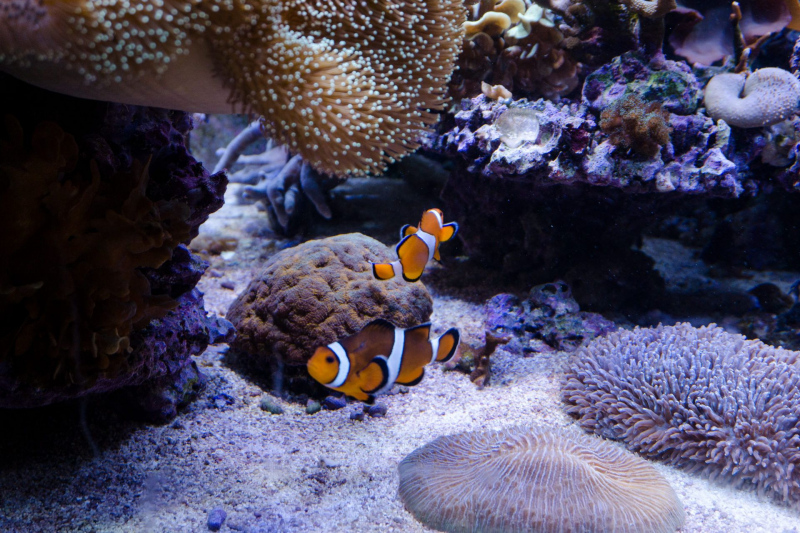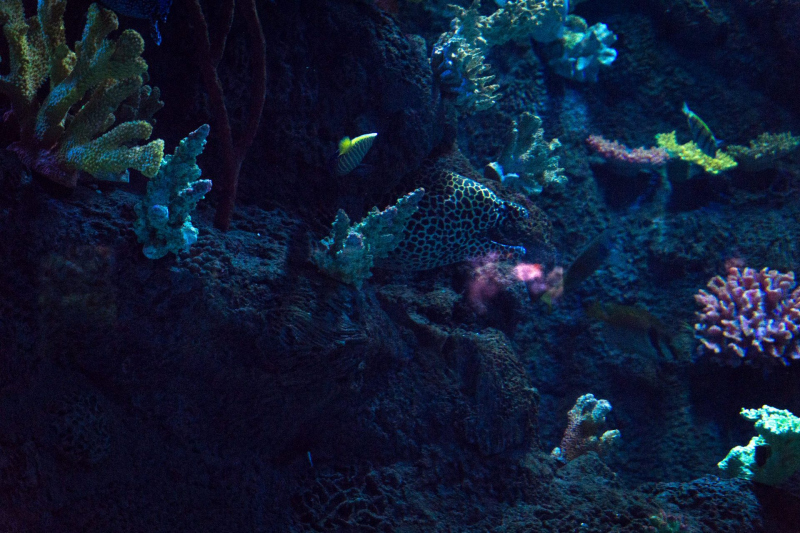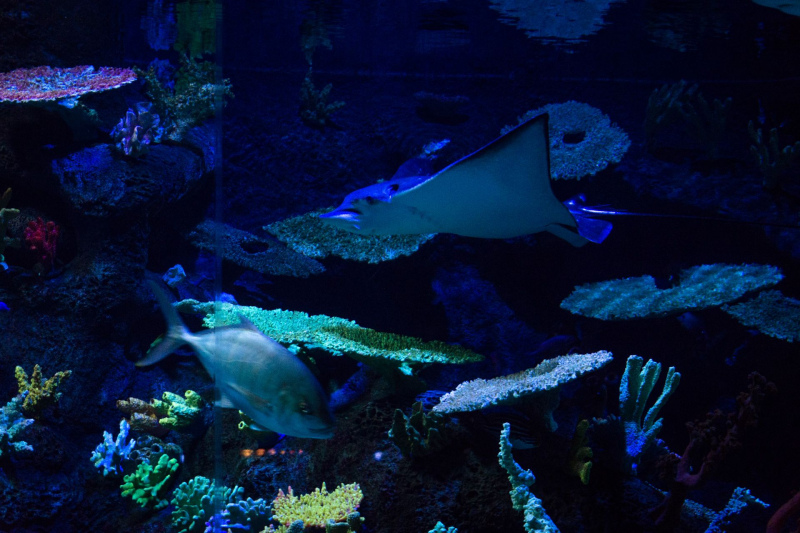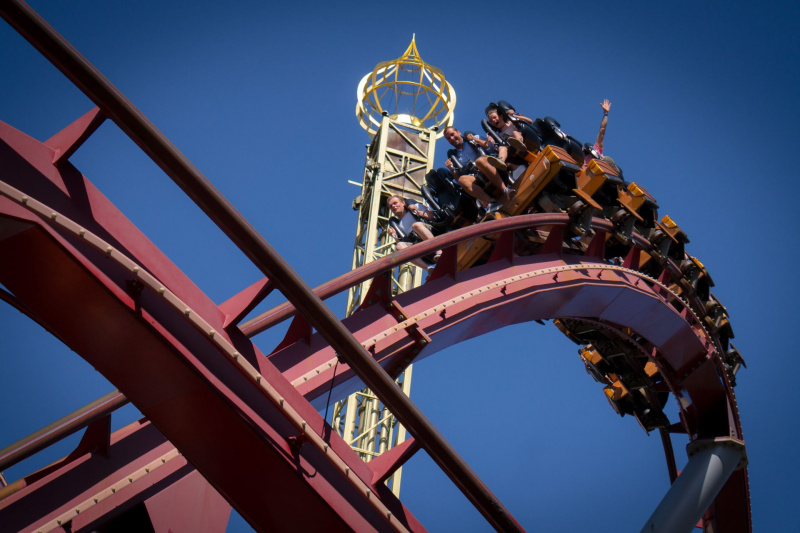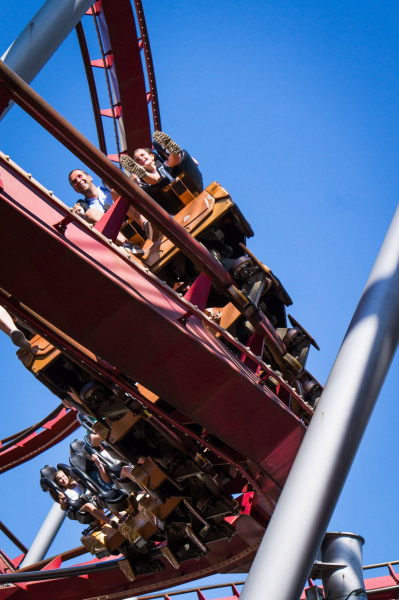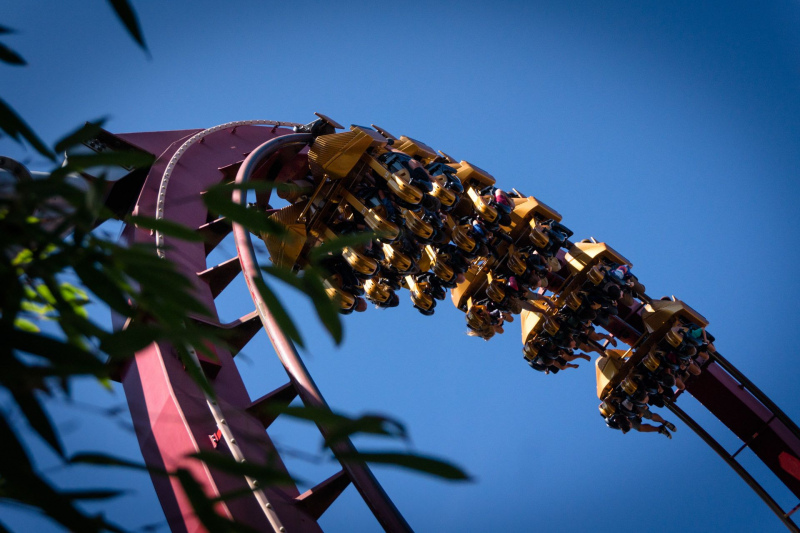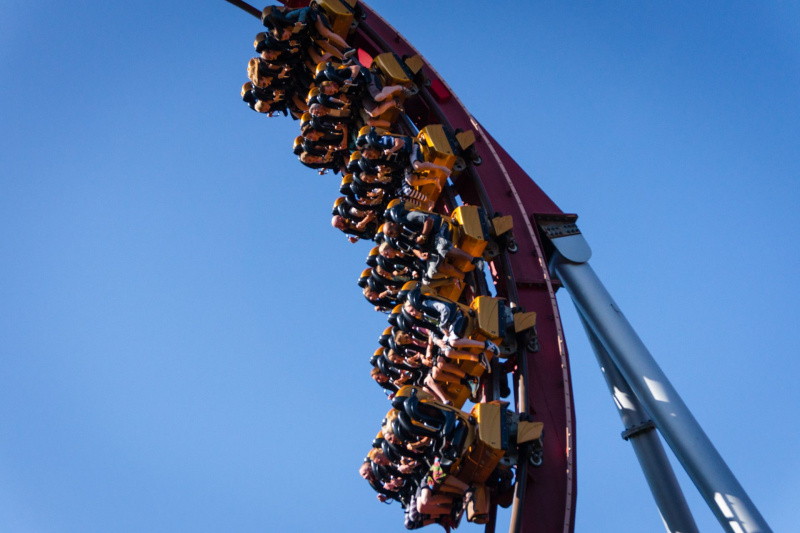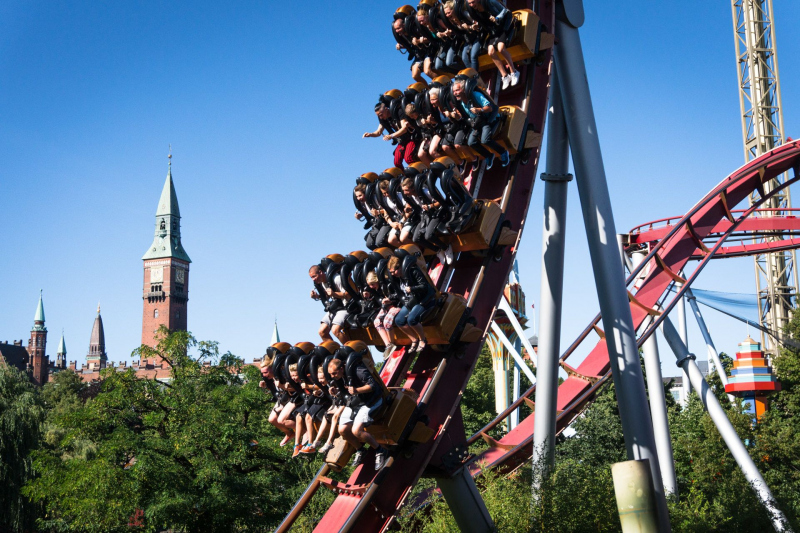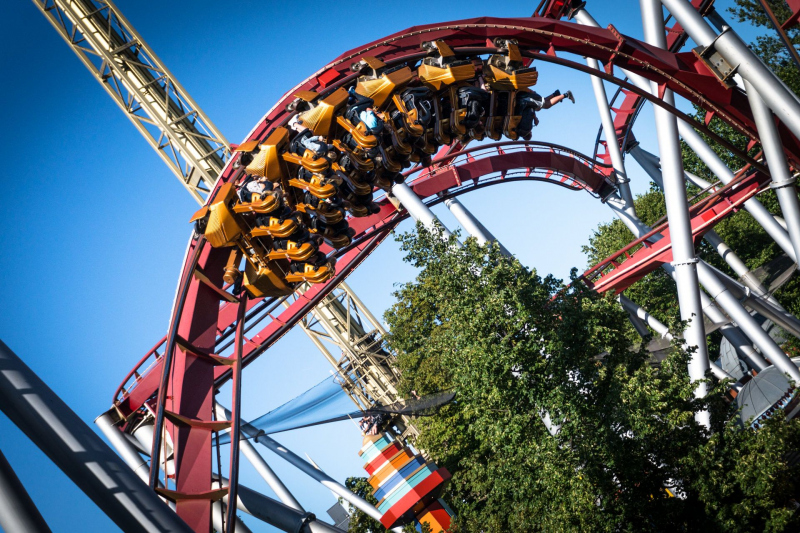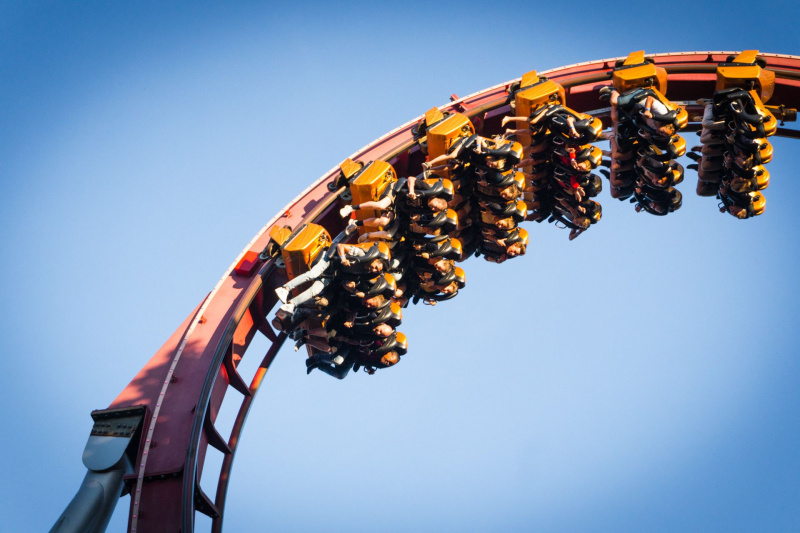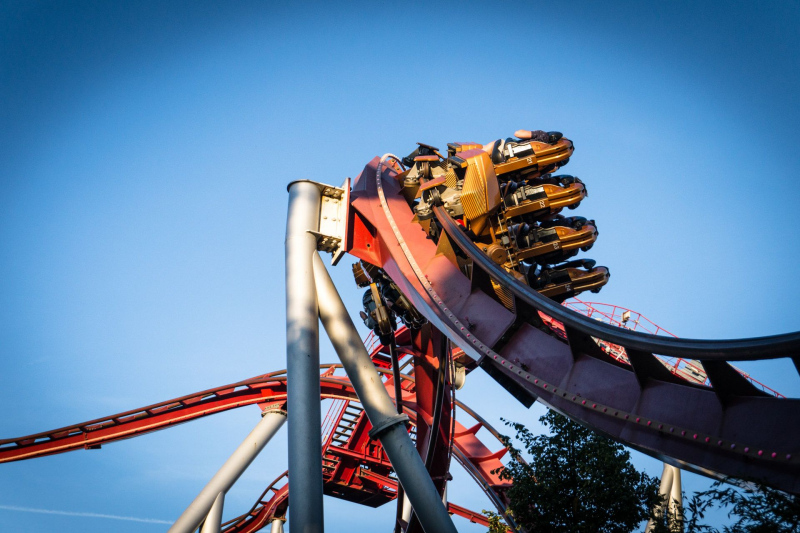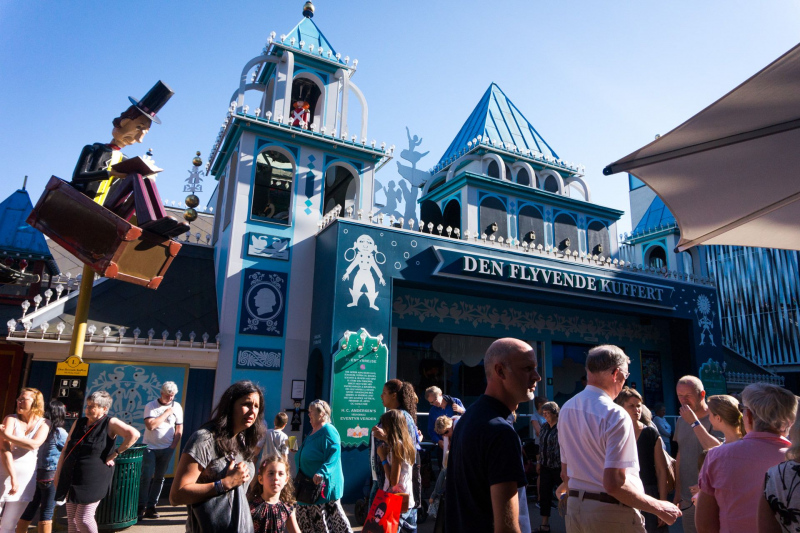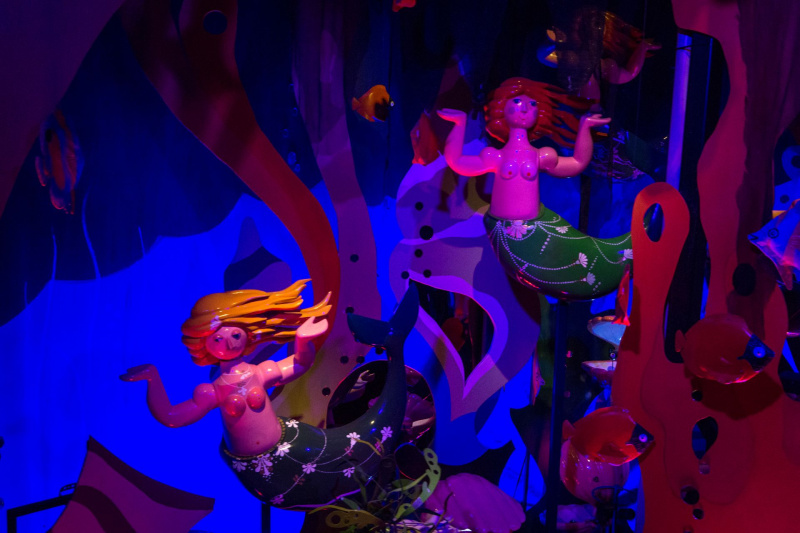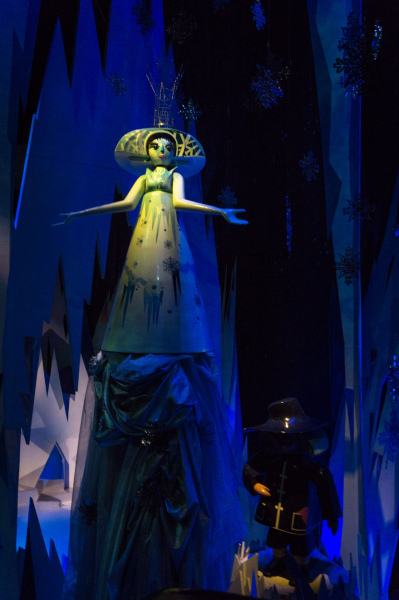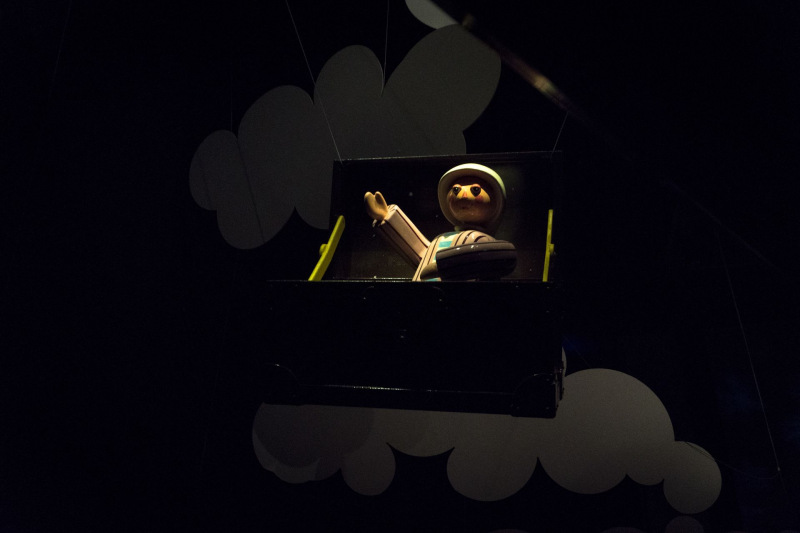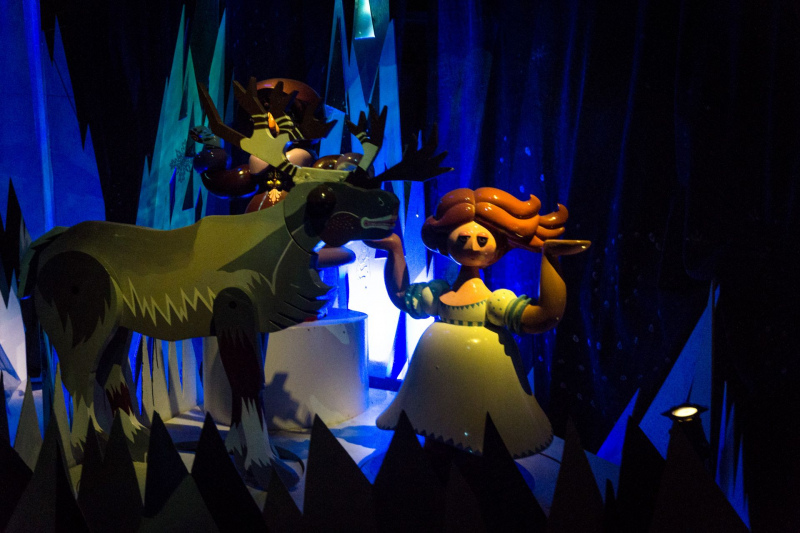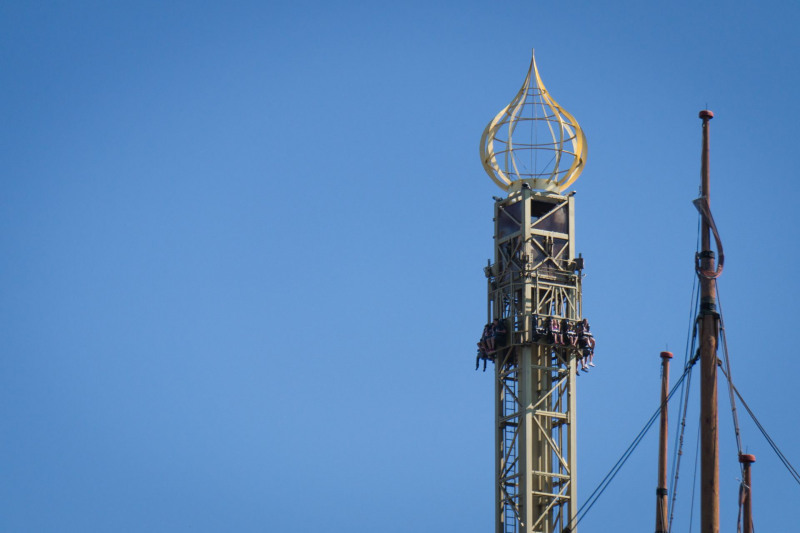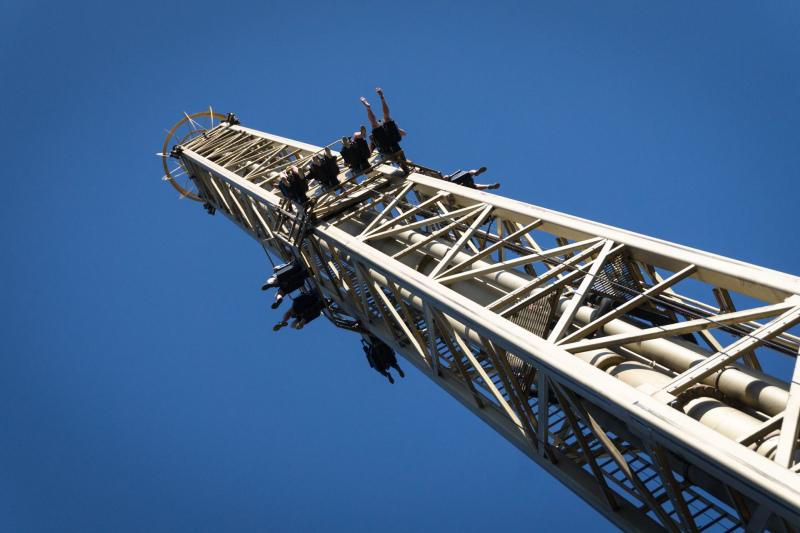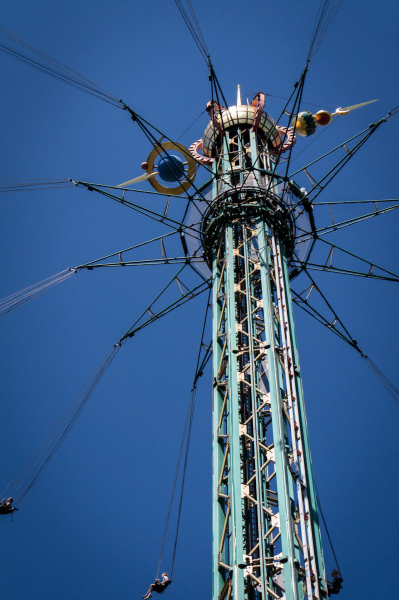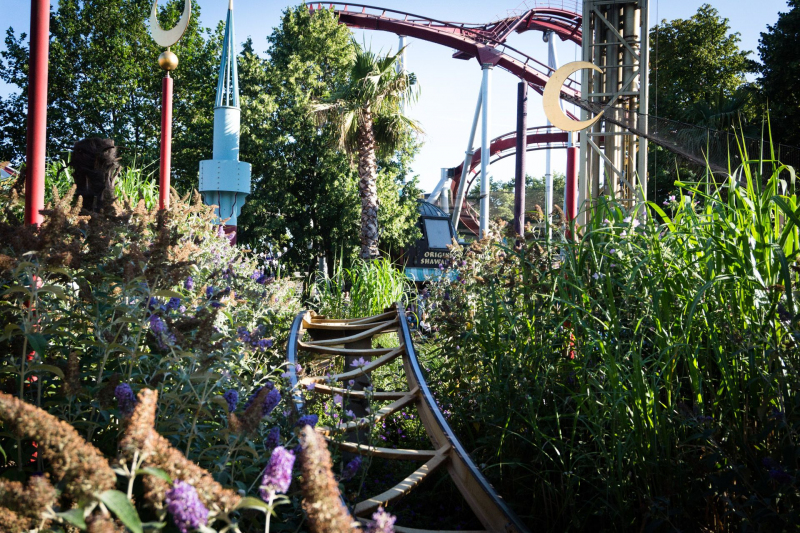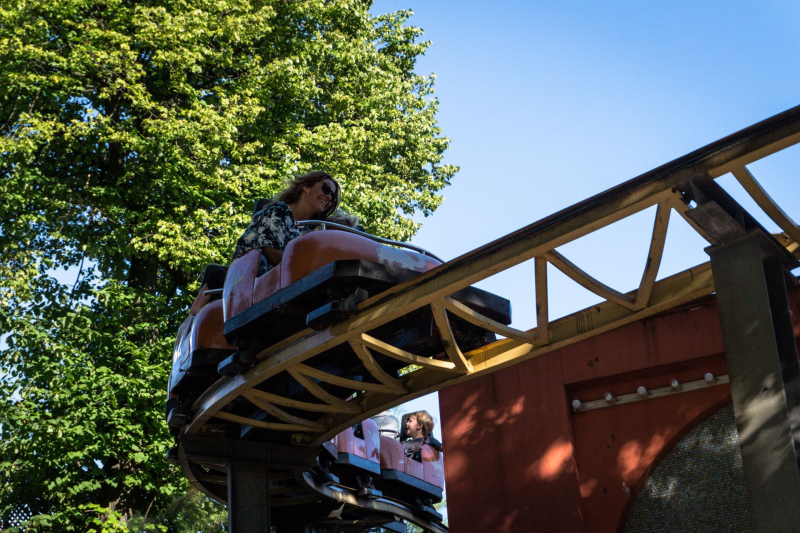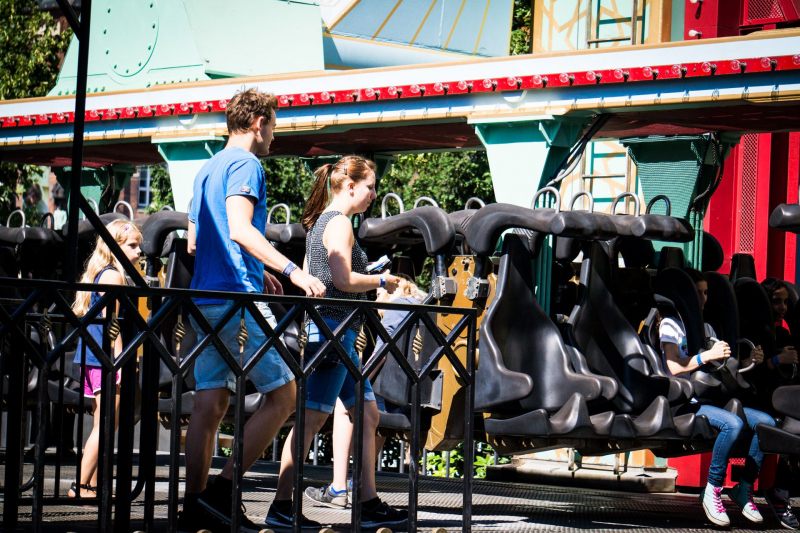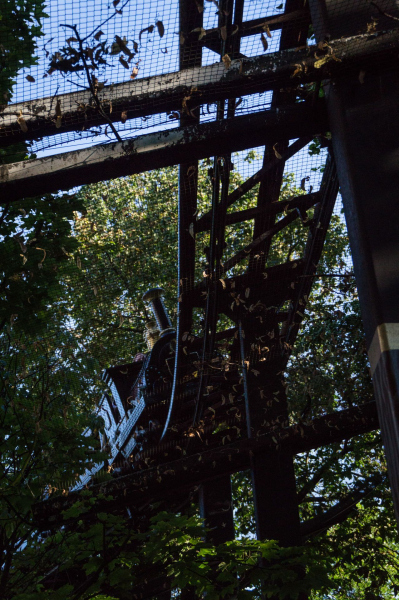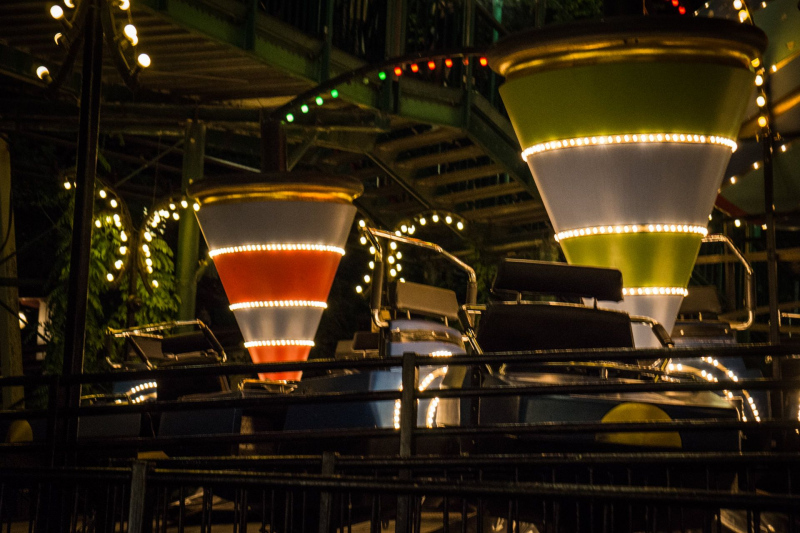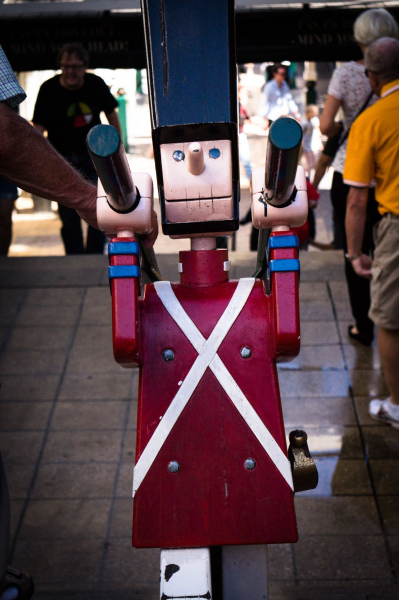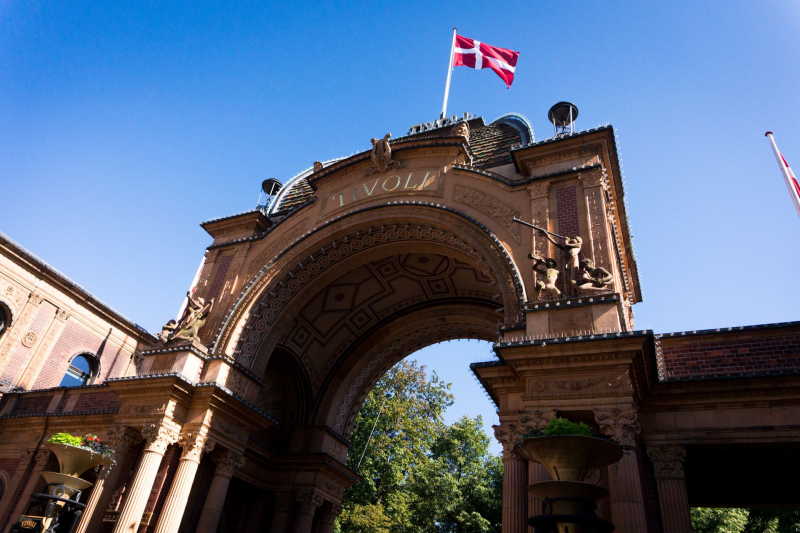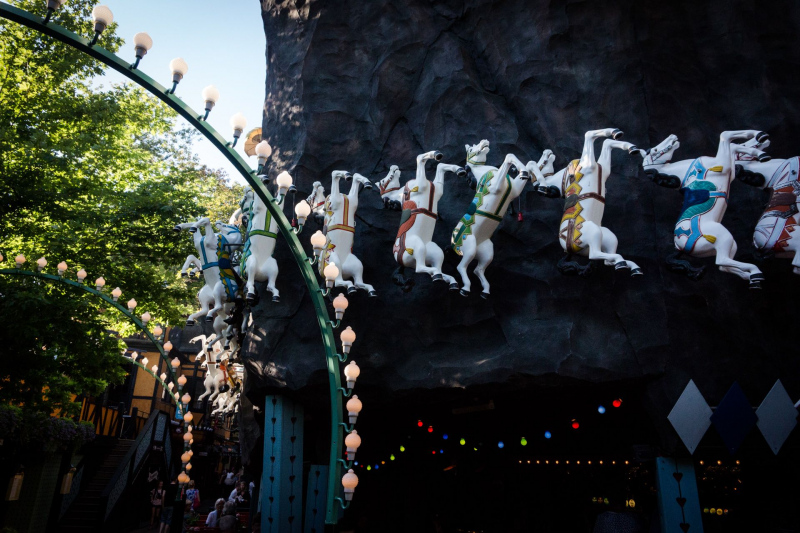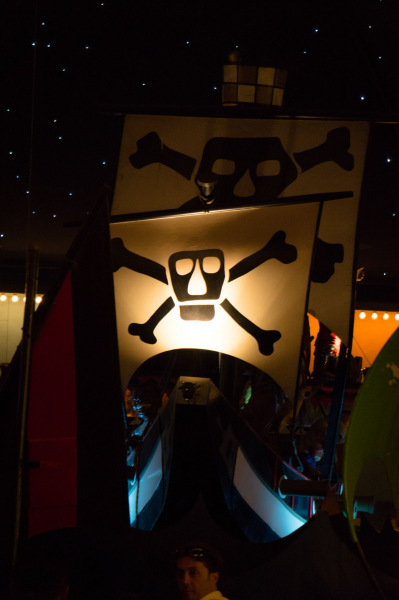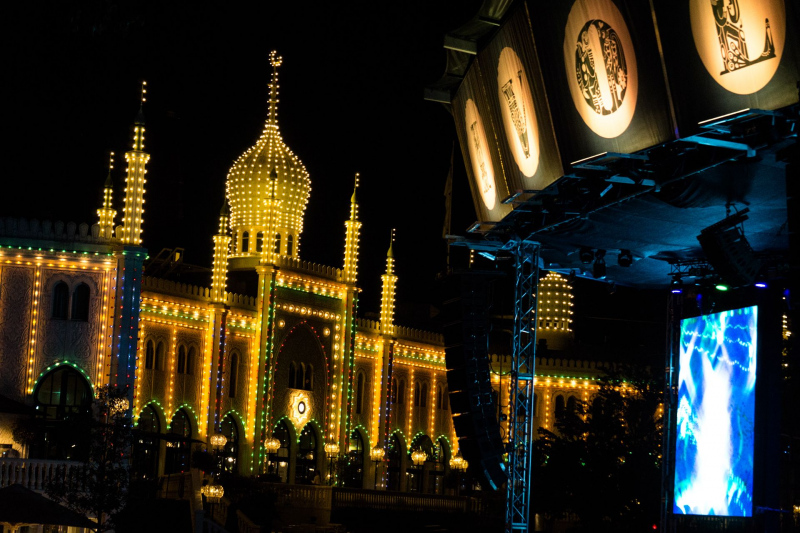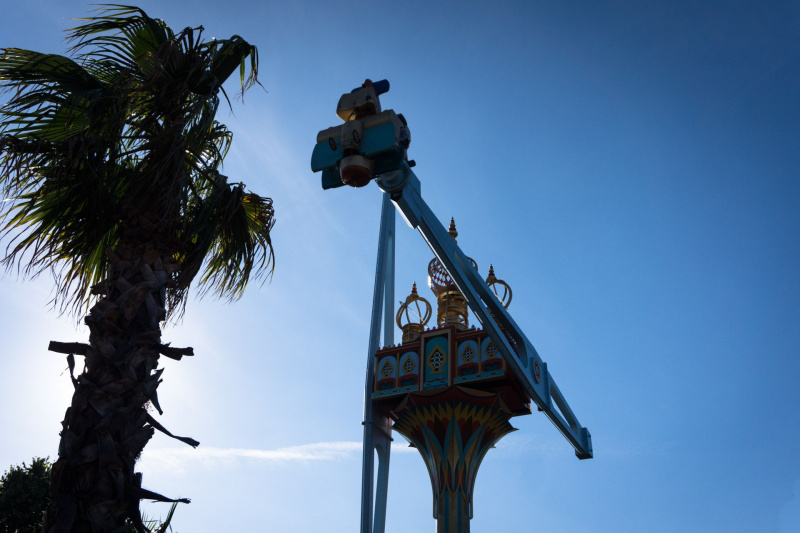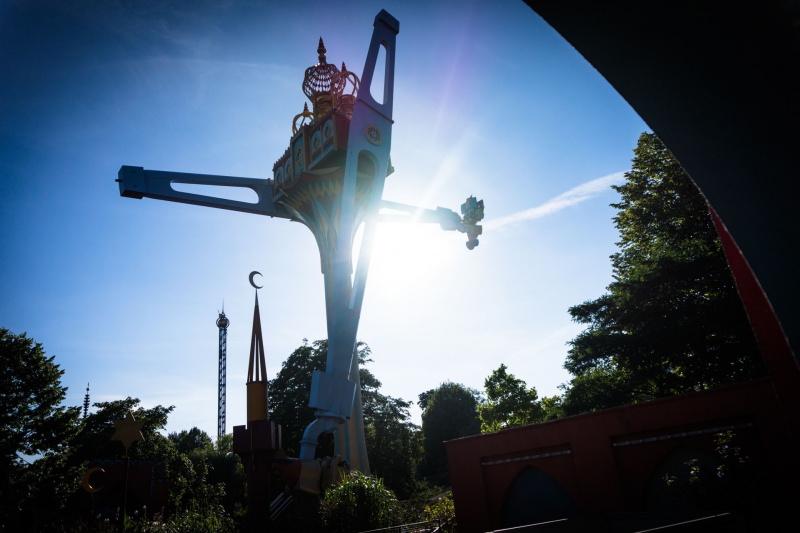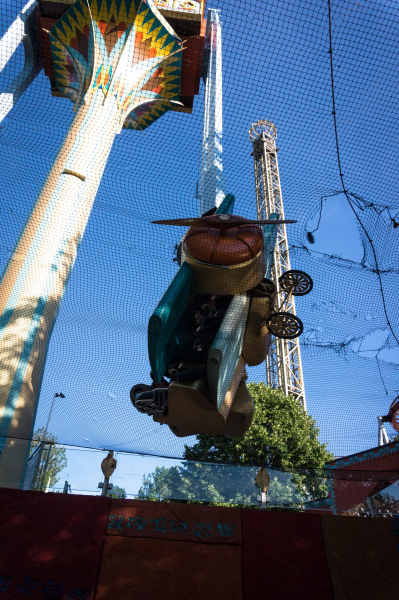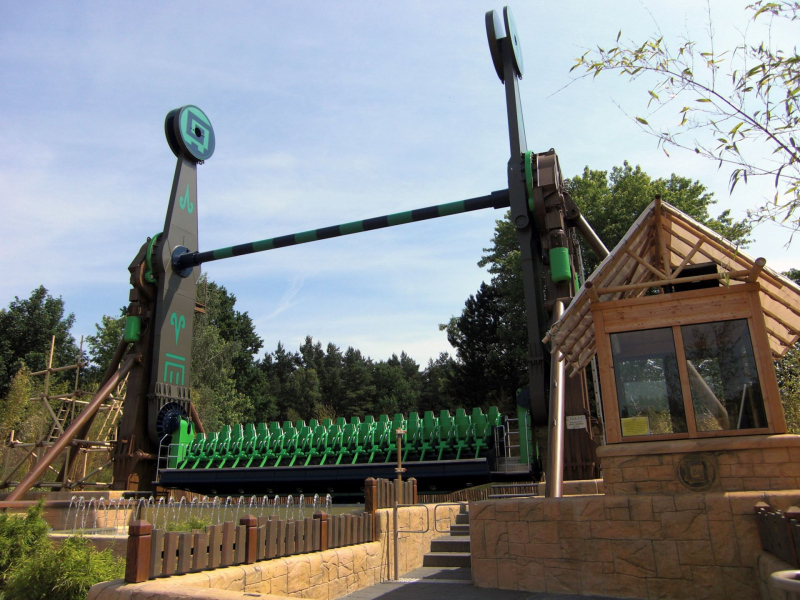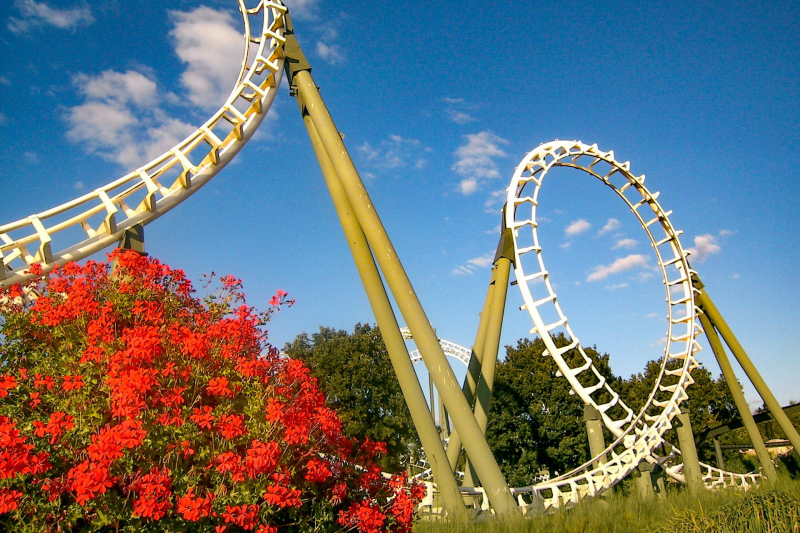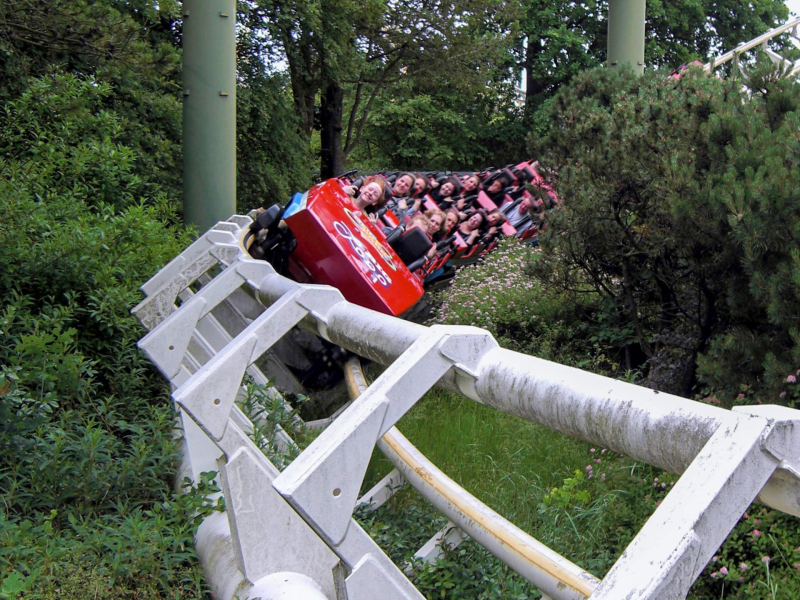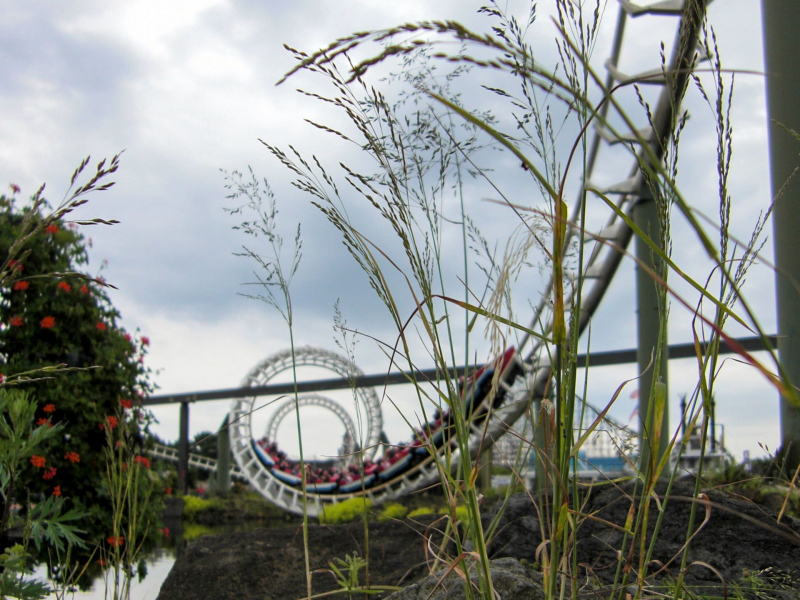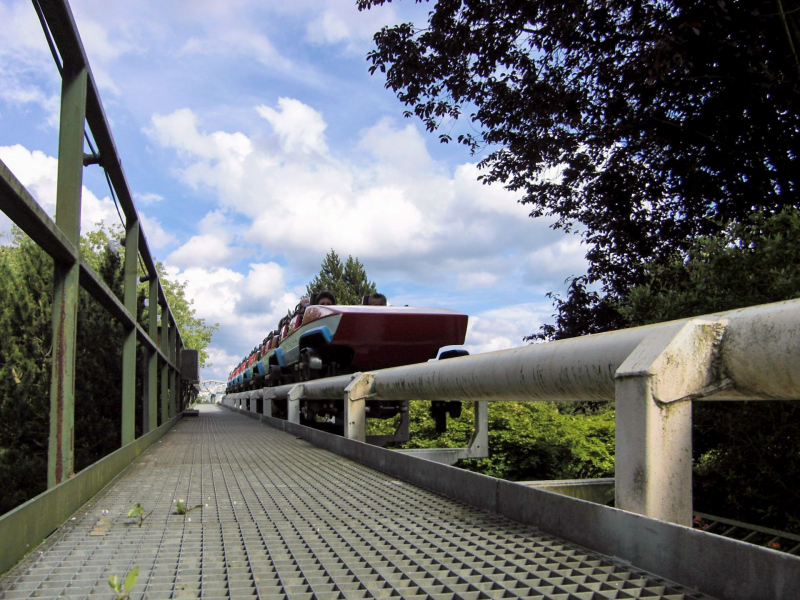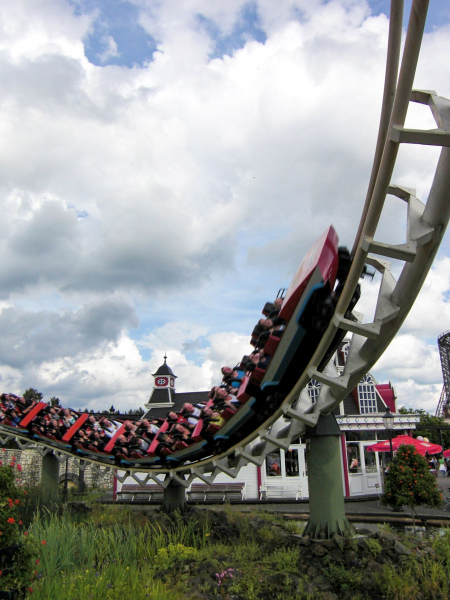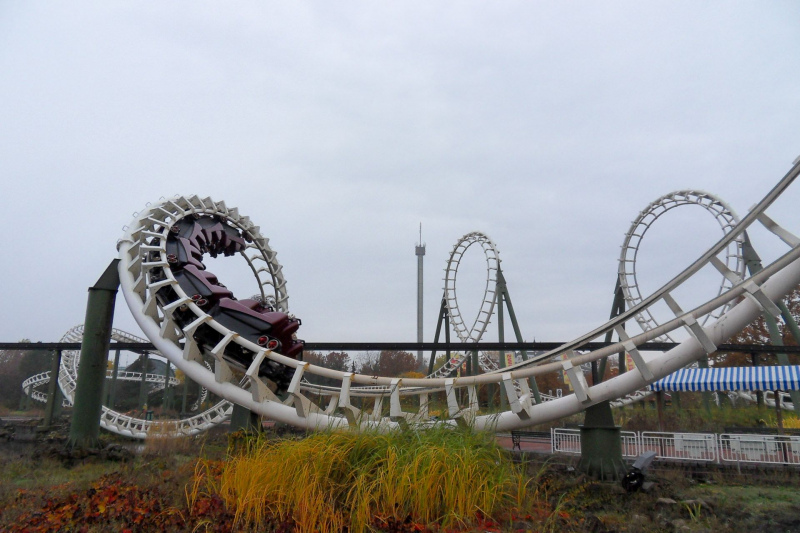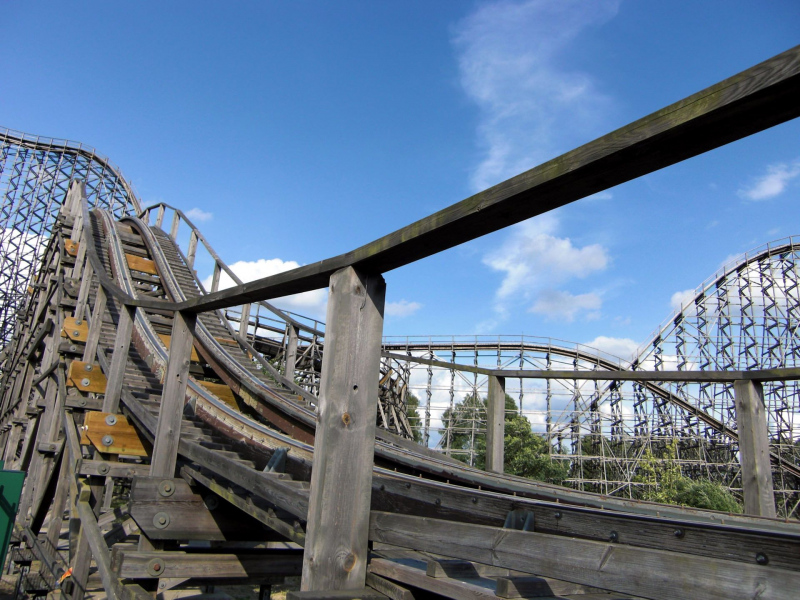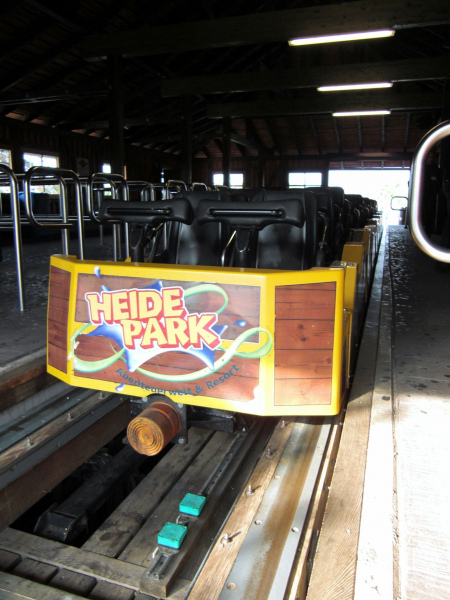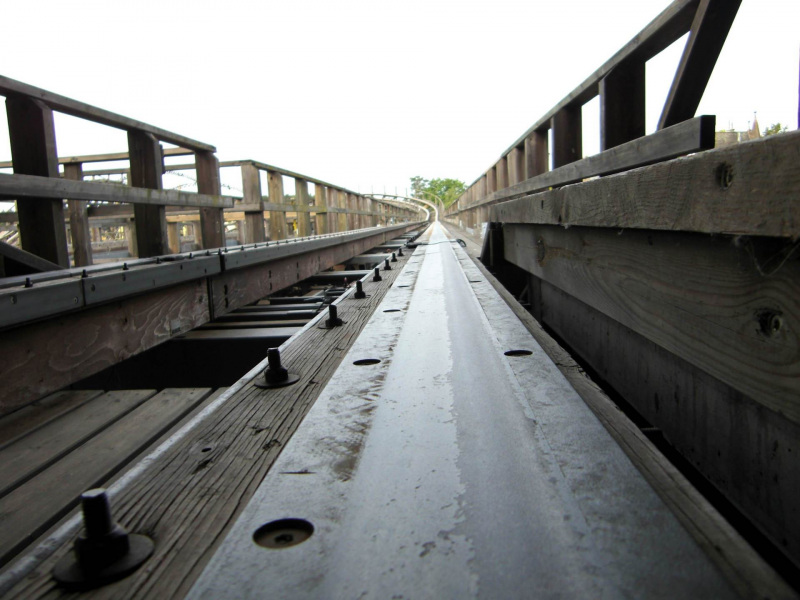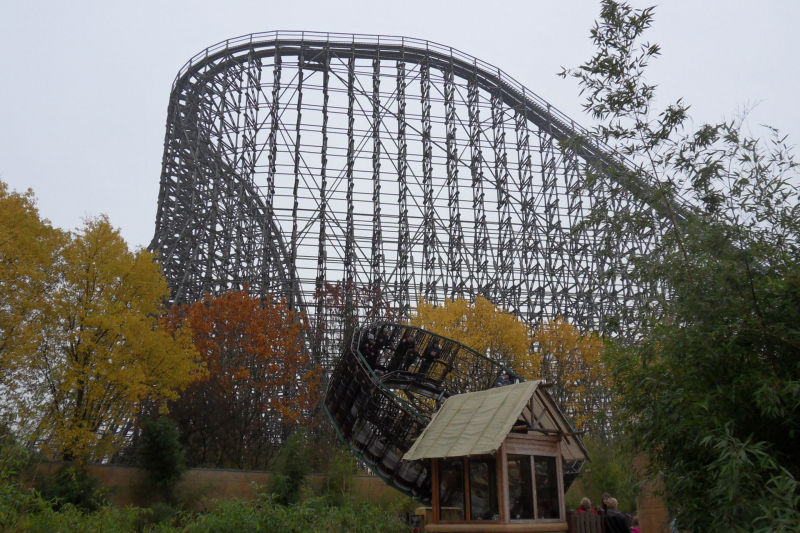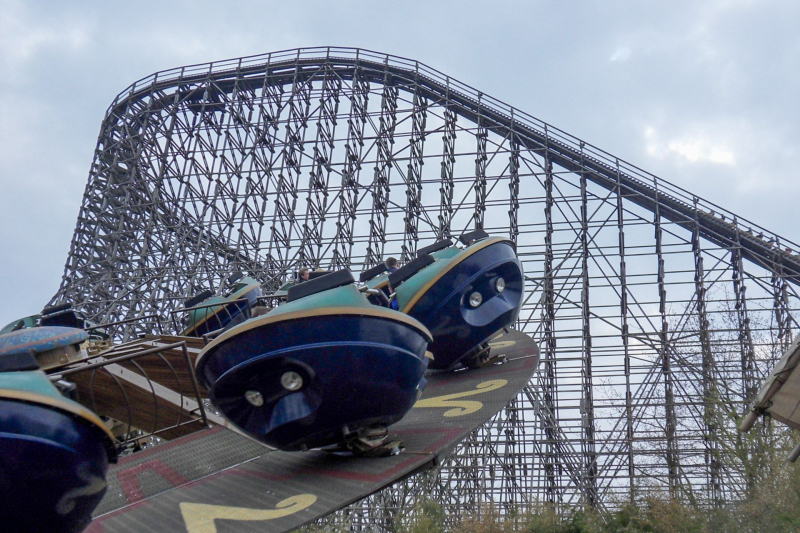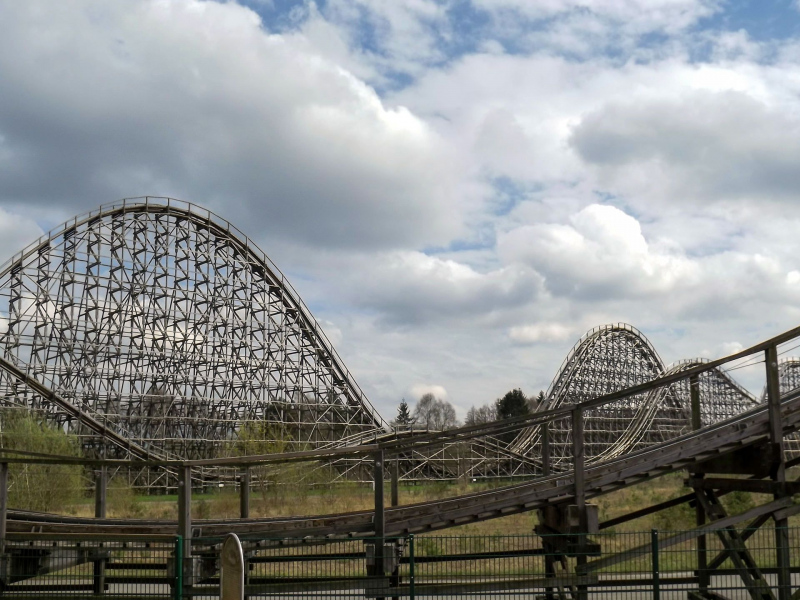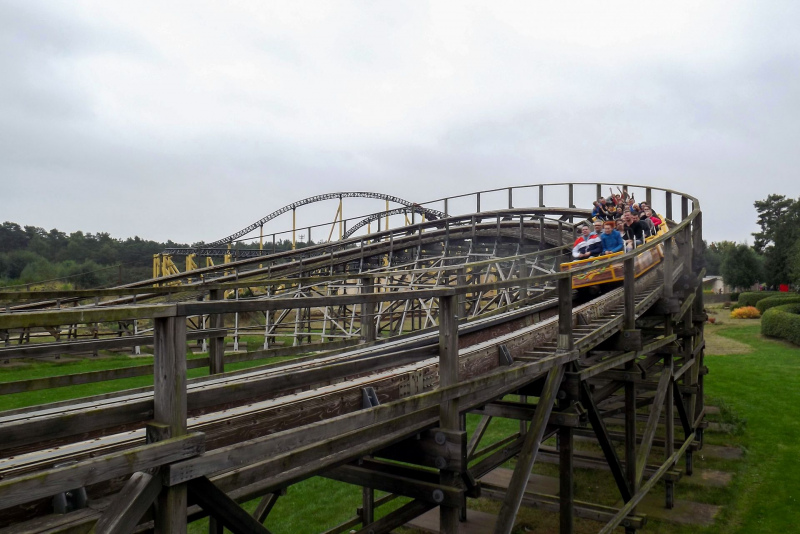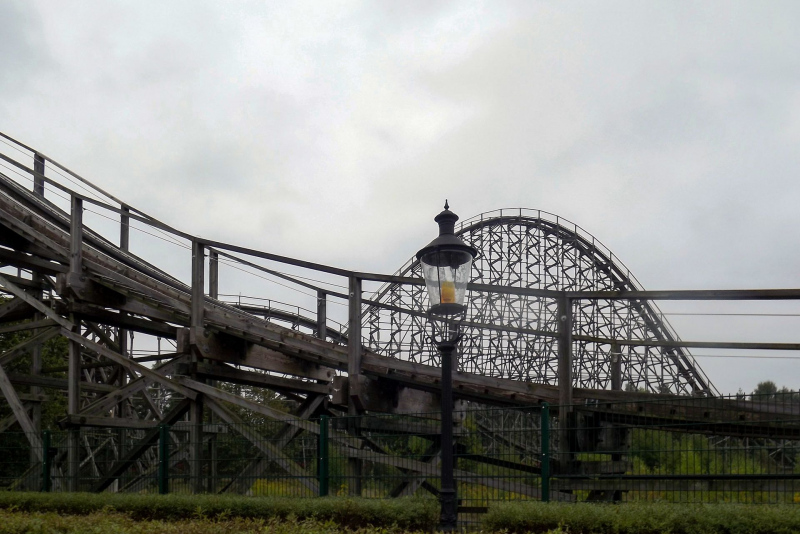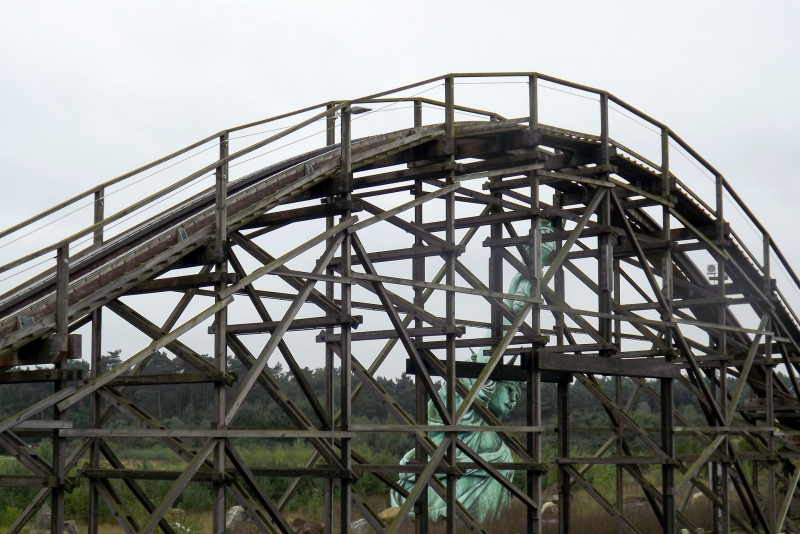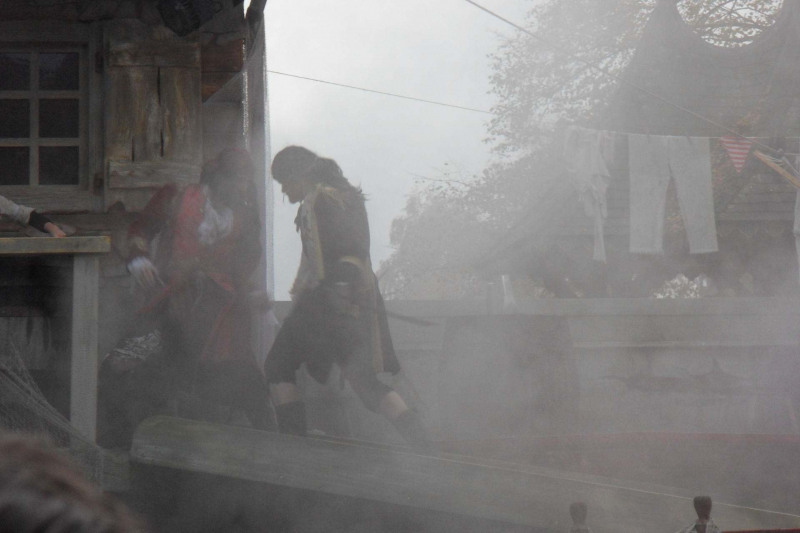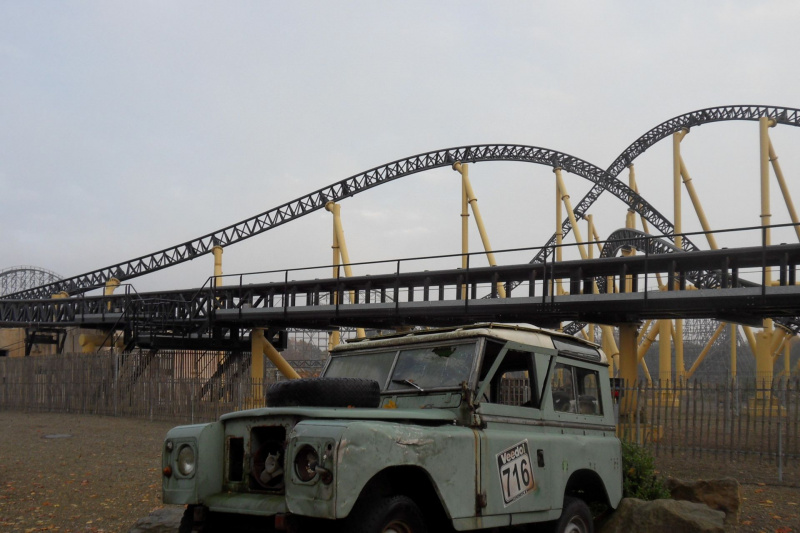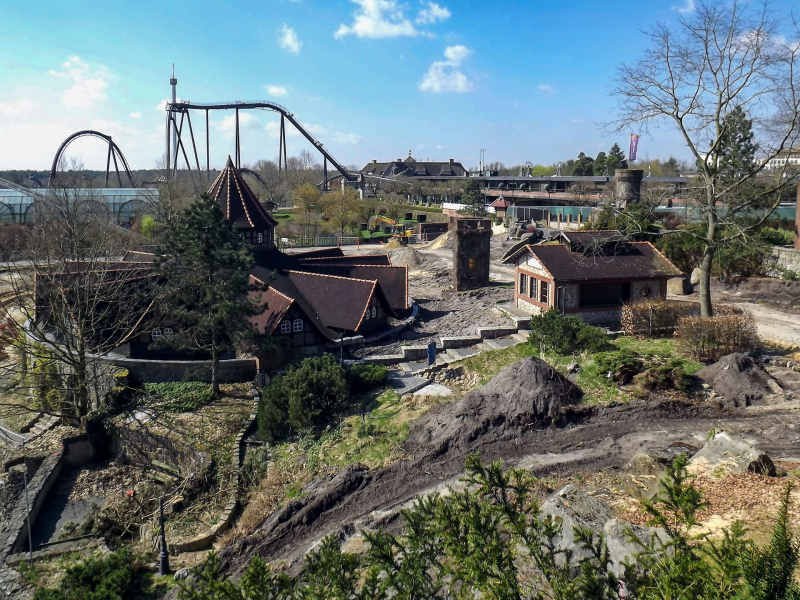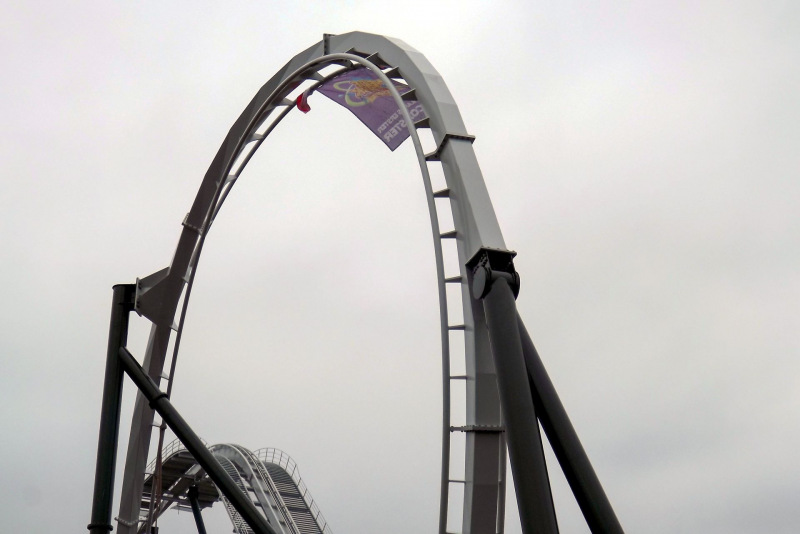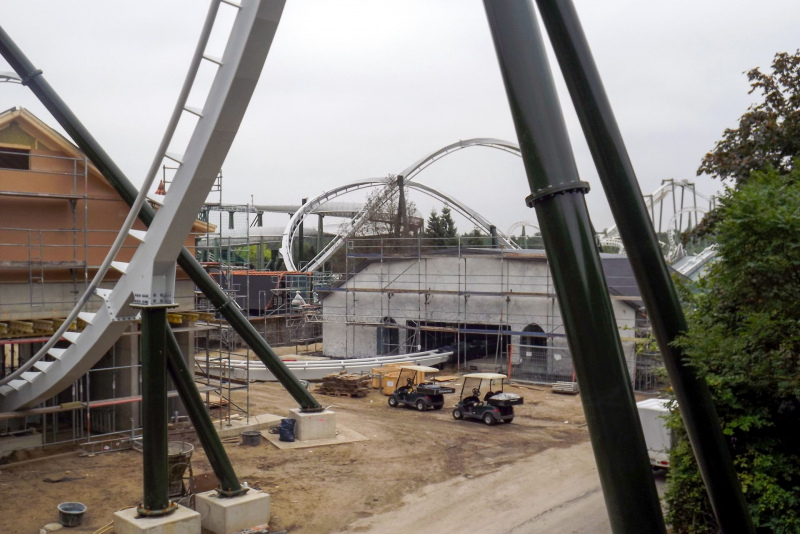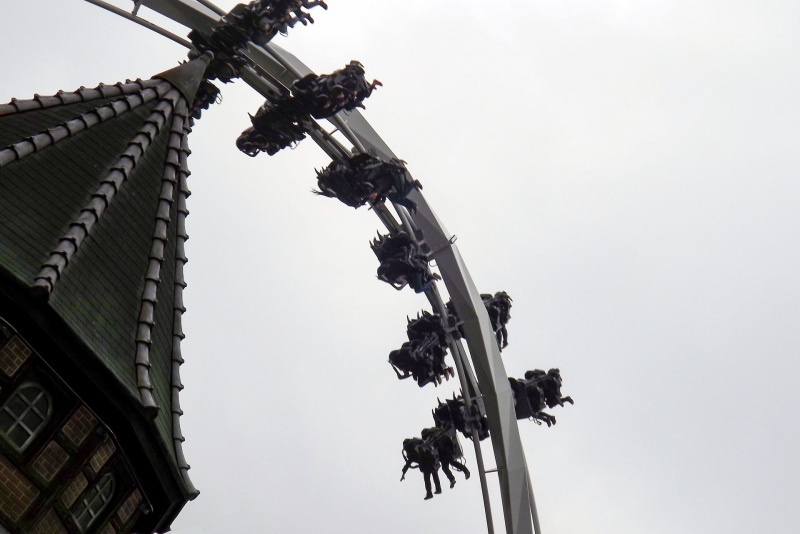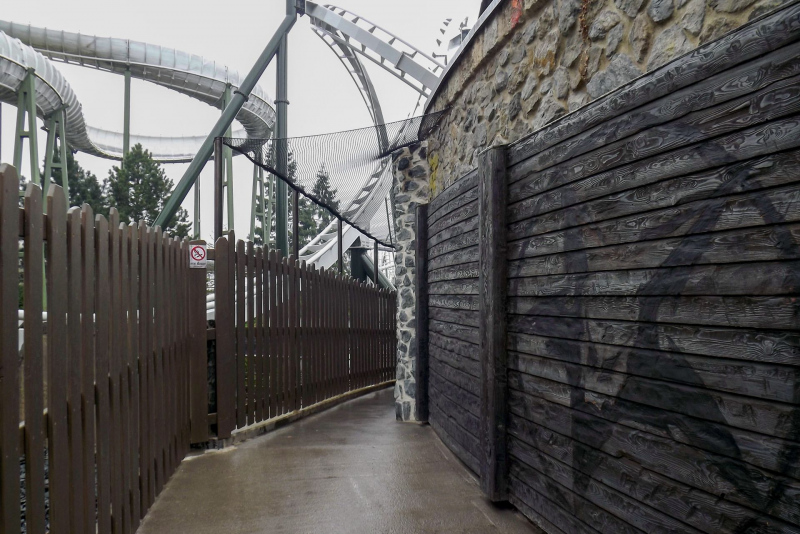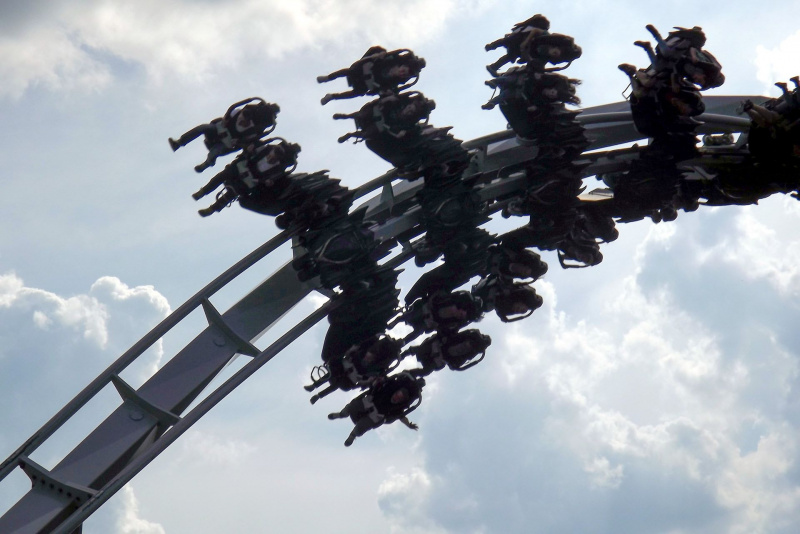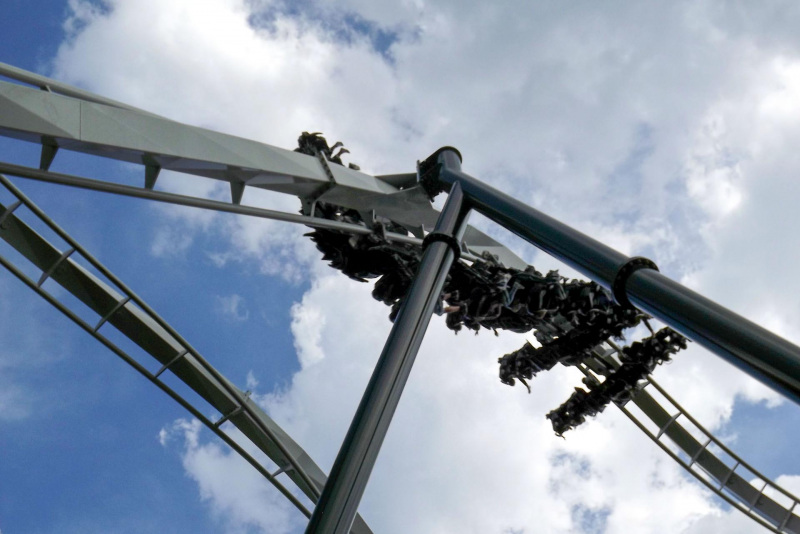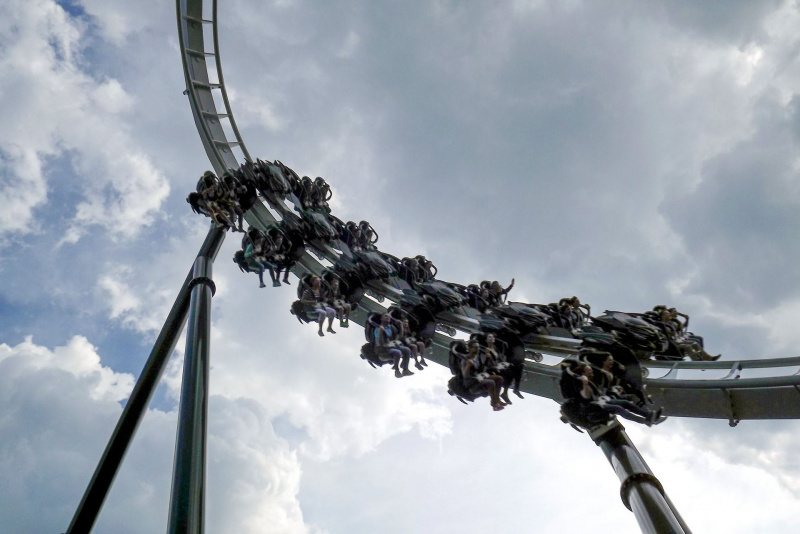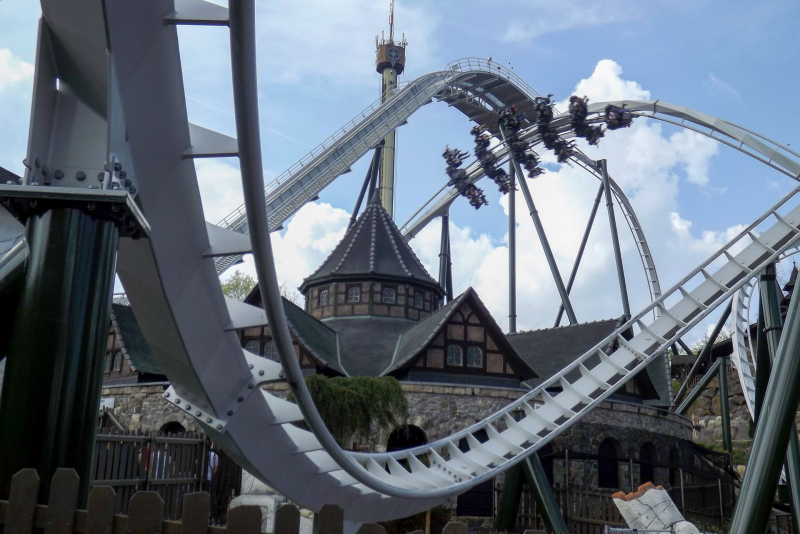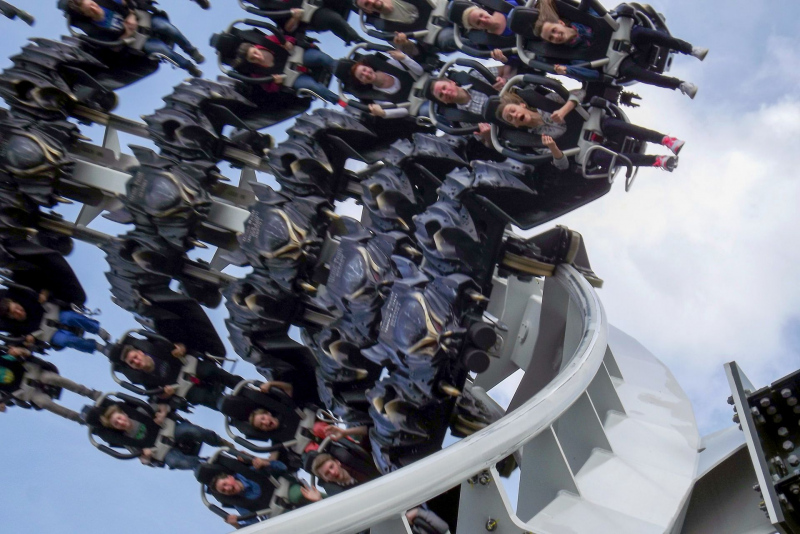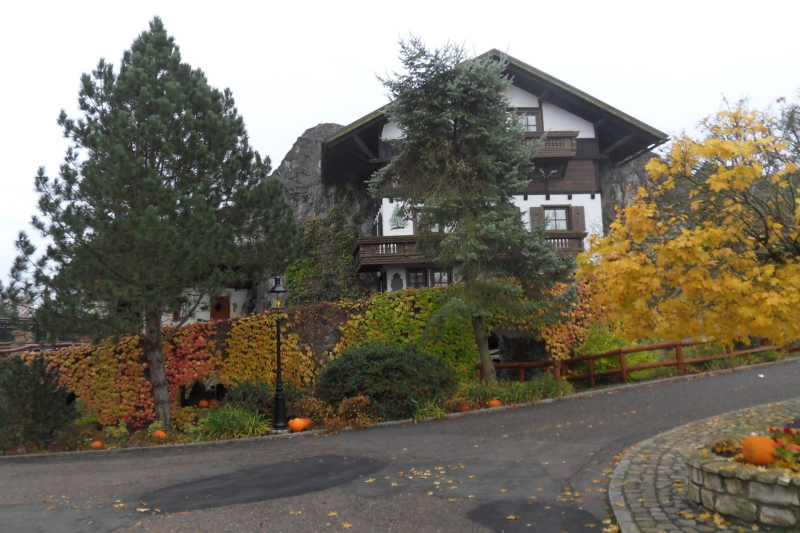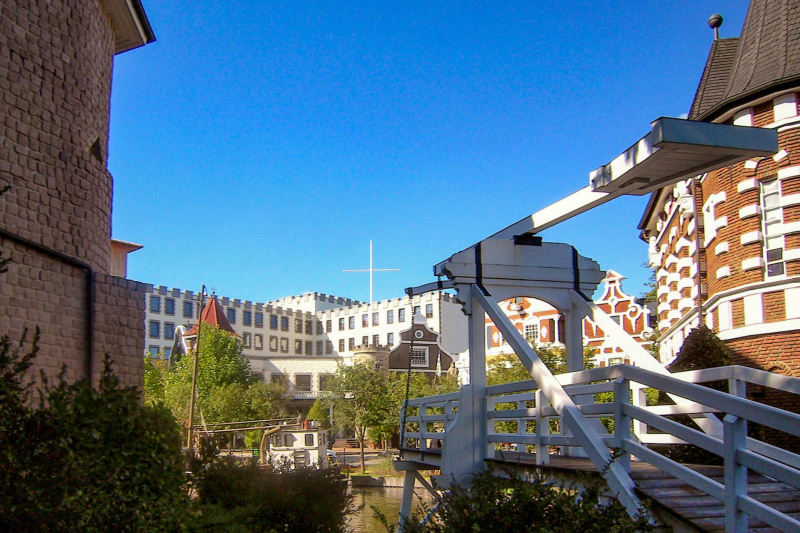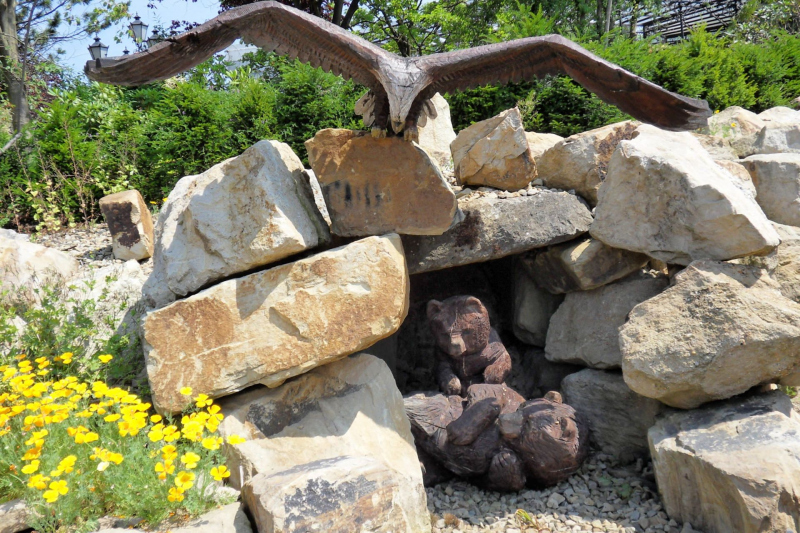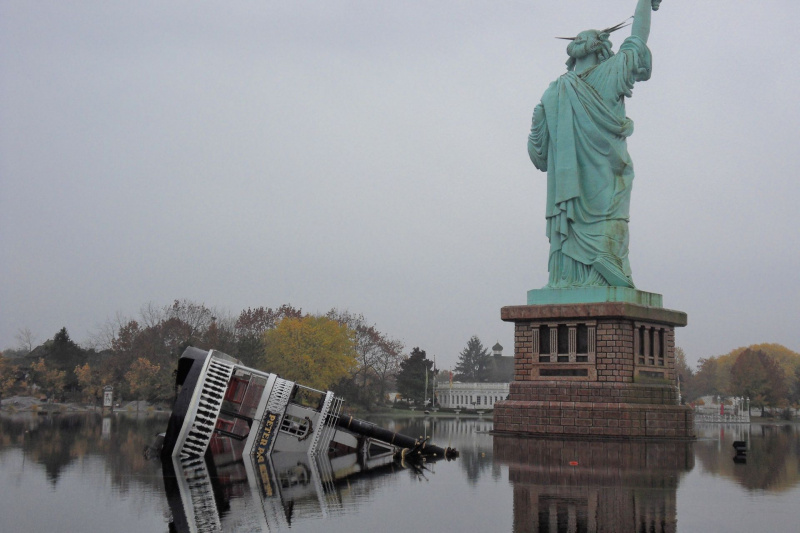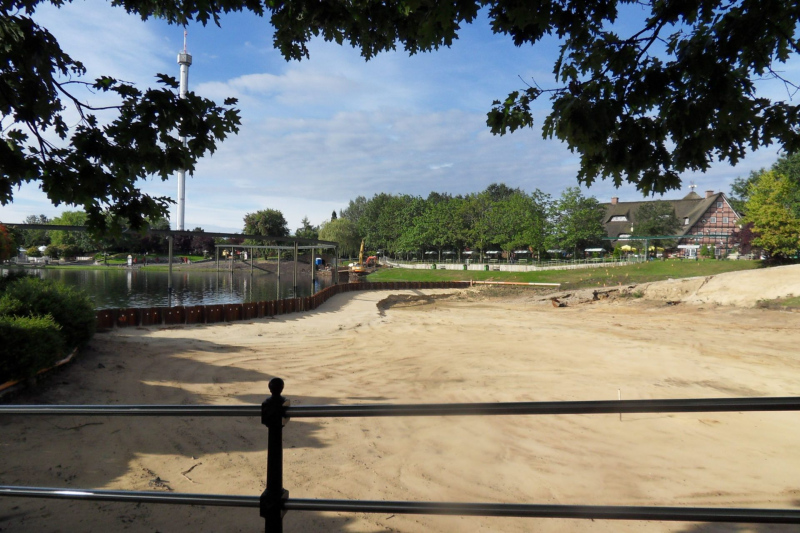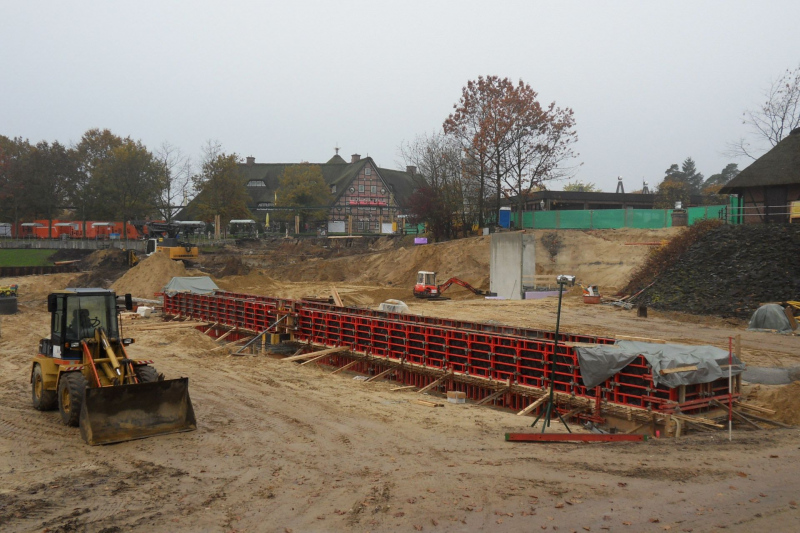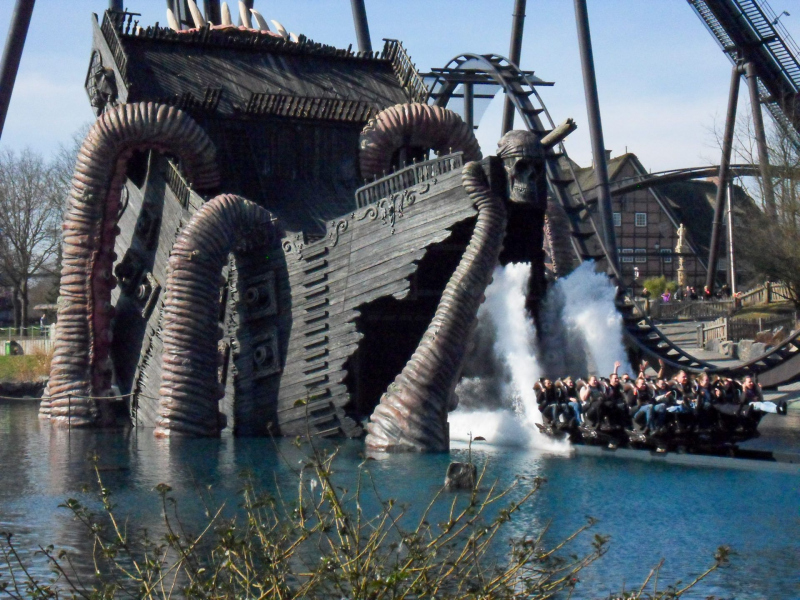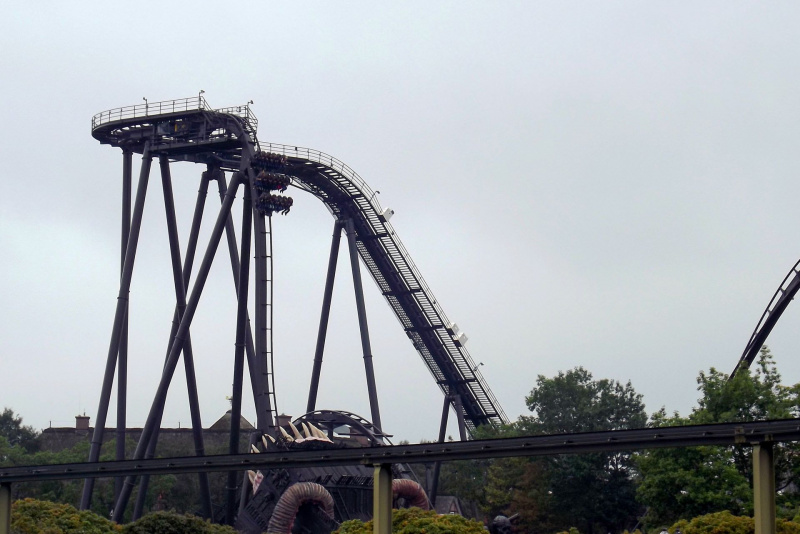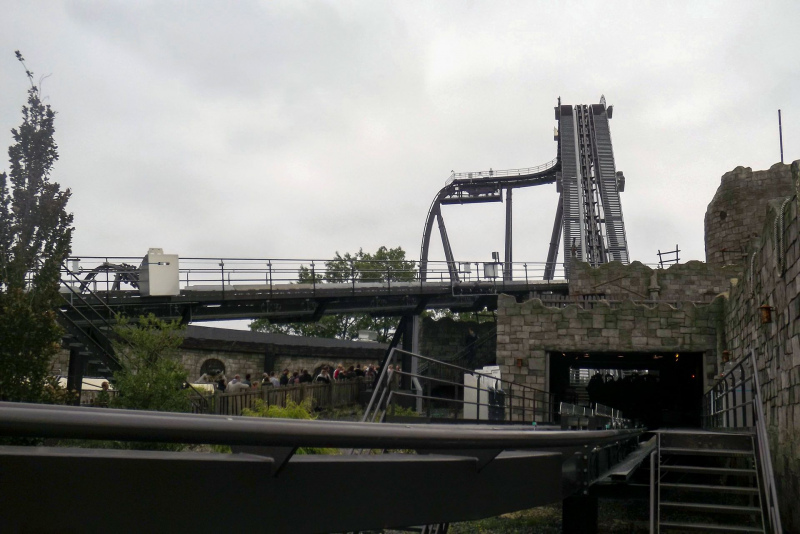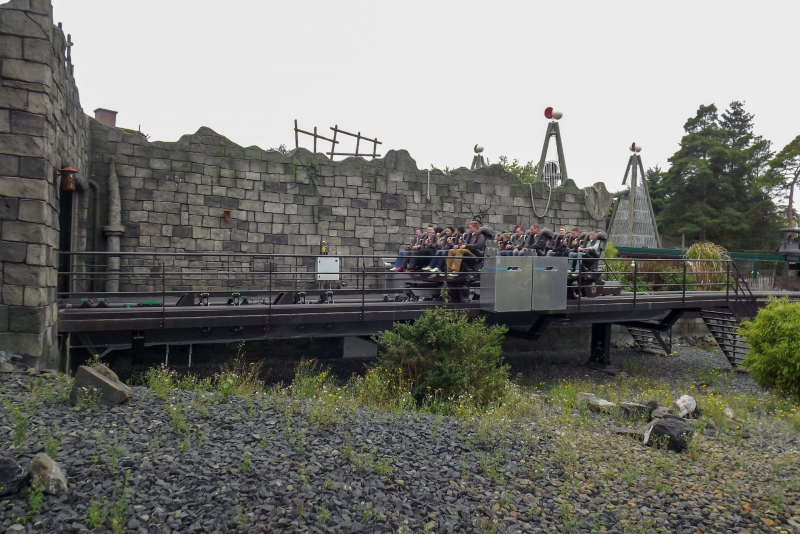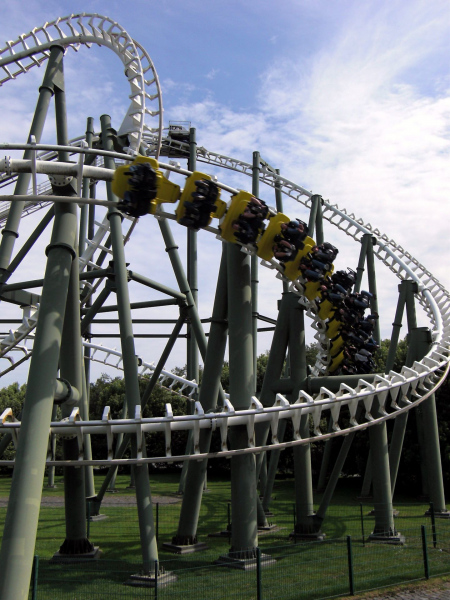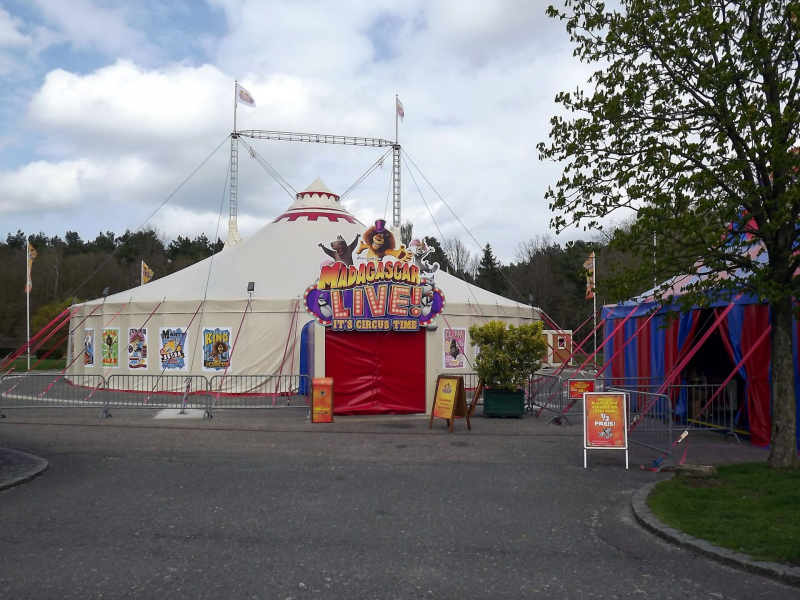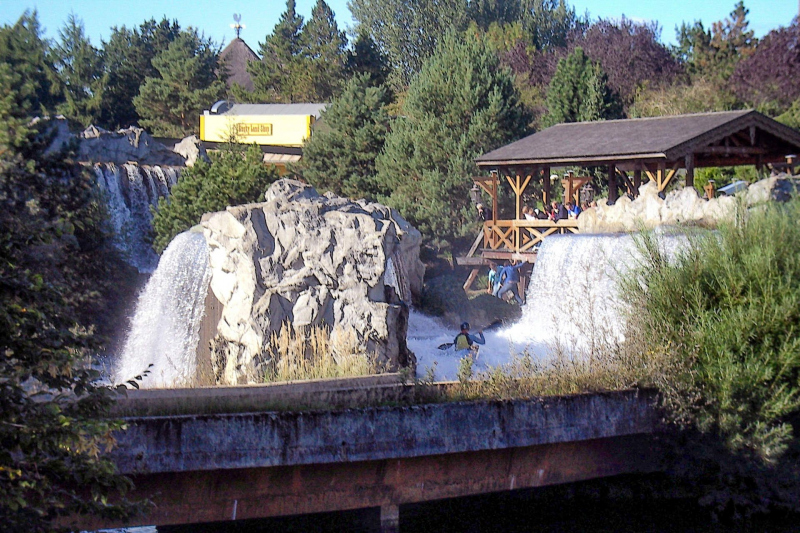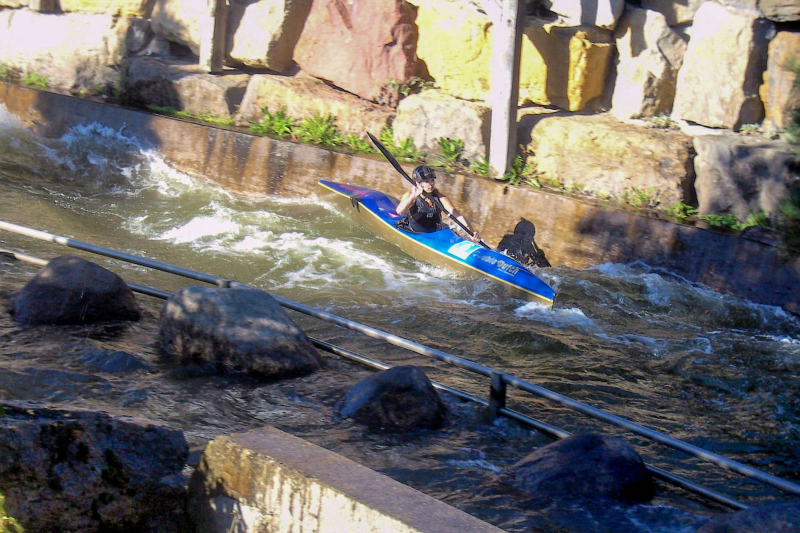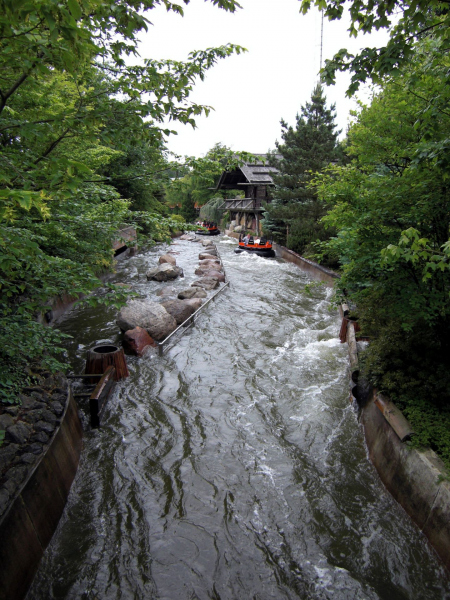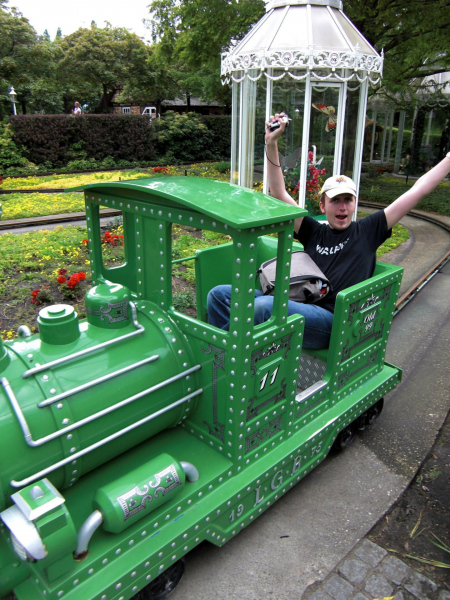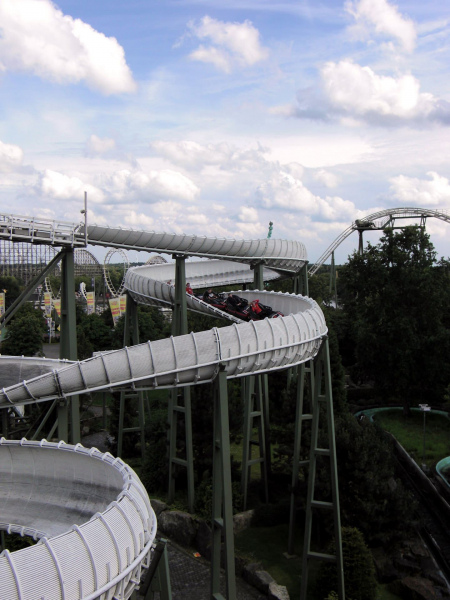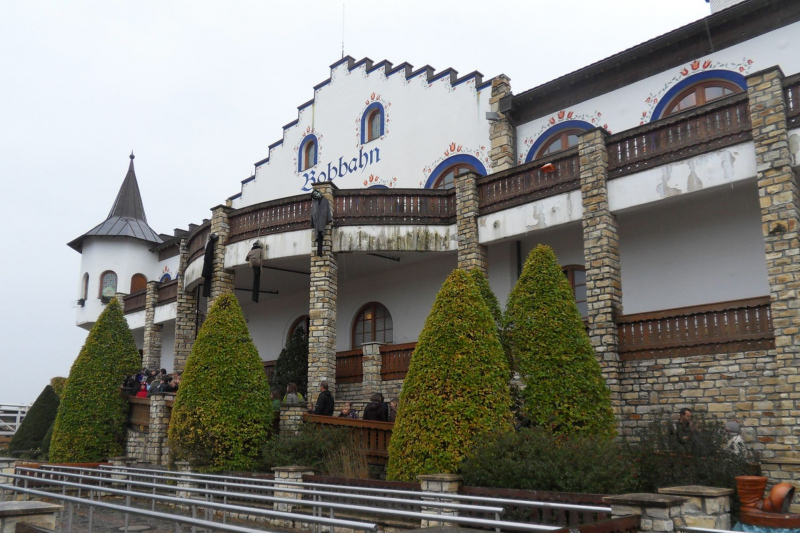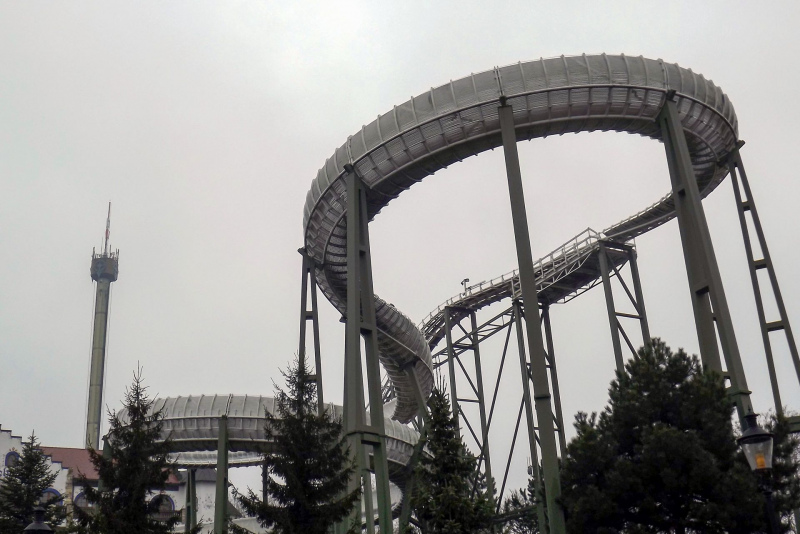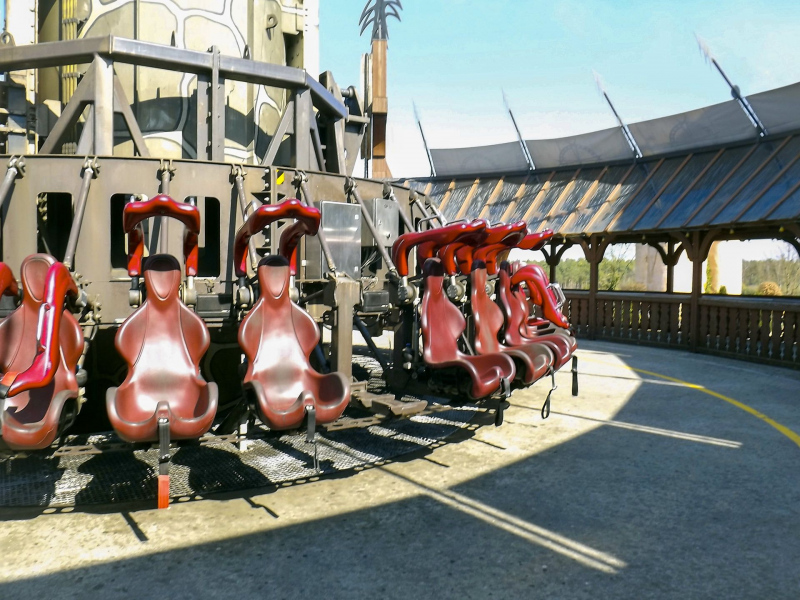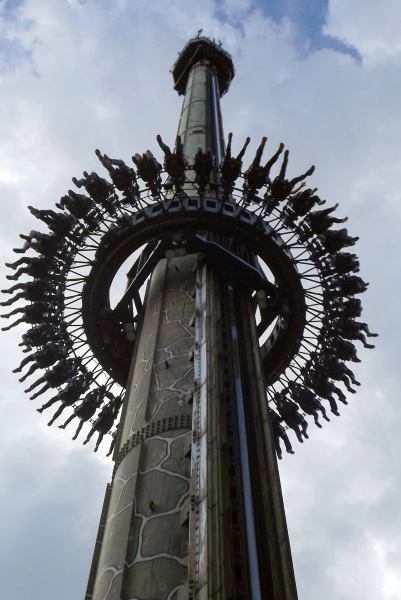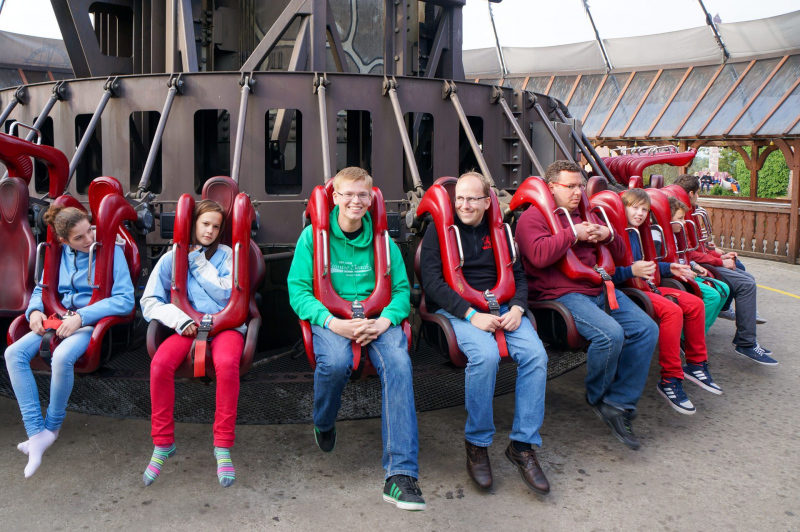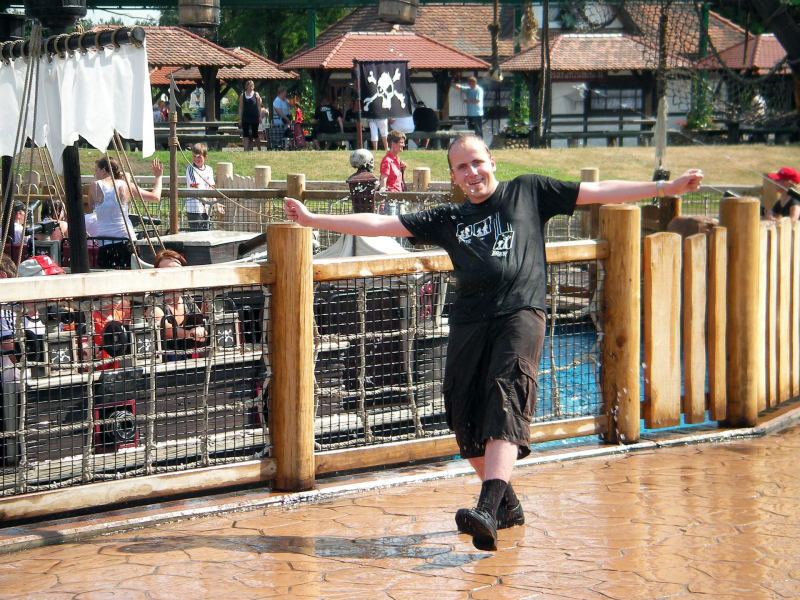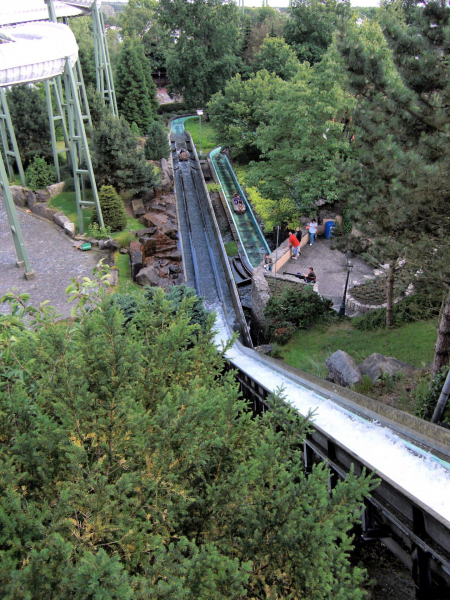Preface
I wanted to visit the Danish amusement park Tivoli Gardens for quite a while now. Unfortunately, visiting the Danish capital as a German student on a budget, this was not at all easy. Ideas to go on a road trip throughout Scandinavia were abandoned due to the lack of passengers to come along. Even day trips turned out to be not necessarily wise due to either high tolls or ferry fees, so that the cheapest way to travel from Hamburg to Copenhagen is surprisingly by train, although it takes quite a while even in an ICE. As at the beginning of the week there was supposed to be a return trip in the late evening and the hotels were comparatively cheap during an overnight stay from Sunday to Monday, a short trip to Copenhagen was quickly arranged. The Deutsche Bahn proved to be less reliable and the offered return trip could not be booked. A little research then resulted in a bus connection via Flixbus returning at the same time, which should actually arrive slightly earlier at the Hamburg main station.
The outward journey turned out to be a little nerve-racking. It all started with a bus, which actually didn’t show up (as it passed my station way too early), which resulted in a drive to the city where I parked my car nearby my university. It came worse, when a smelly stranger slept on my shoulder in the rail replacement service on the Danish part of the journey.
Tivoli Gardens
Arriving at the station, the reward for the morning’s exertions was immediately apparent, which was why I exchanged the prepaid all-inclusive ticket for admission, the wristband for unlimited rides on the rides, as well as the vouchers for a visit to the in-house aquarium, the meal and the ride photo. This package cost online around DKK 190 more than the regular entrance fee and the wristband, but as the meals in this city are generally in a similar price range, this is highly recommended. The offer varies according to the general price structure of the restaurants, so in cheap restaurants one additionally gets a big drink, in medium-priced restaurants a small drink, as well as in high-priced restaurants only the meal remains served. Without the voucher, I would have spent 210 DKK in addition to the 25 DKK saved at the aquarium, as well as the value of the ride photo.
Rutschebanen
Since I used the less frequented entrance at the main station the ways led me fast and directly to the over 100 years old wooden roller coaster Rutschebanen and thus to the longest-serving roller coaster of Europe. On the occasion of the anniversary Tivoli Gardens gave the old lady an elaborate cosmetic operation, reminding her of her original design – which had been redesigned out of respect for arriving guests from the alpine countries, as they should not be reminded of their homeland immediately after leaving the train station by the peaks of Rutschebanen. As is generally the case with the so-called Scenic Railways, the Rutschebanen also has a brakeman riding in the train, so that the ride is controlled by his know-how and can be quite exciting at the same time.
Shortly after the train entered the station it disappears into the first tunnel. After a left turn, the train engages in the elevator cable and is quickly carried up to the top. For a short moment, you can look into the Fun House Skaersilden beneath the ride. At the top you can have a short look at the alpine design before going down the first slope. With full speed we pass the first valley and then a camelback. Back at a higher level, a turn is now made with a pronounced speed, so that one involuntarily wanders from one side of the train to the other. After leaving the ice cave, the train dives down into the depths before reaching about half of the starting height. Barely braked, the next turn is made, which is the reason why a single rider changes sides again. Immediately after a short straight section you go downhill and shortly afterwards a fast-paced interplay of curves begins. Here a short S-curve is taken before a right-hand turn, which is further intensified by the gently rocking cars. Along the station you follow the same sequence of elements as at the beginning of the ride and immediately enter another cave. In this one you execute a combination of curves which would have been used in the computer game Roller Coaster Tycoon, ideally on a Virginia Reel. After a small turn to the right follows a small turn to the left, which then changes into a larger turn to the left. Shortly afterwards you leave the tunnel and are led into the station by the brakeman.
Rutschebanen is a timeless classic, which still excites the visitors today. The way the train takes the cars through the numerous mountains, valleys and bends is simply stunning and is further enhanced by the constant change of the cars’ sides for single riders. The design of the layout is worth seeing and creates a through and through original appearance in connection with the trains and the accompanying personnel, which you would not want to miss in Tivoli Gardens.
Skaersilden and Minen
Below the old Danish roller coaster you will find the Fun House of Tivoli Gardens – which is well worth a visit – as well as the boat dark ride Minen, which was apparently upgraded by a lot of Peng Peng or better said interactivity. The stream channel passes larger and very detailed scenes, whereby it is better to skip the interactivity function of the boat altogether and enjoy the ride.
Himmelskibet and Snurretoppen
The 80m high Starflyer Himmelskibet is located above the sleek and surprisingly fast moving Break Dance Snurretoppen. Here one notices for the first time that the Tivoli Gardens does not trust its foreign visitors without any amusement park experiences particularly much. As a result, the dispatching takes ages, despite the already optimised loading process. On the way up to the loading station, one is basically reminded at every meter which things one is not allowed to take along; a counted group is then let into the area with the luggage rack. Here, a very detailed verbal briefing is given which things one is not allowed to take along. Afterwards, only one of the possible access ways is opened. Then, the riders are forced to knock on their trouser pockets and are warned to go back in case of positive results and finally to take their things out of their pockets. After a quite decent ride with a fantastic view over the city at the same time, one is now left in a separate area on the other side and is held there until everybody has received their things.
Aquila
Interestingly, however, the dispatch was still reasonably justifiable, as the routine had become established during time. Aquila, an Zamperla air race from 2013 has a thoroughly abstruse dispatch time, as everyone sitting in the car is asked if they still have anything in their pockets, although the system never sweeps over the heads of others and the potential danger is minimal. Compared to the prototype in the Portuguese water park Aquashow Park, the ride is not very entertaining and thus falls behind the expectations.
Odinexpressen
In the immediate vicinity, just like everything else in Tivoli Gardens, is the entrance to Odinexpressen, a Mack Powered Coaster built in 1985. Throughout the entire visit there was always the longest queue of all the roller coasters, which was not due to the total duration of the ride of three laps, but rather to the fact that the people waiting for the ride were only allowed to enter the station when the train was already empty and each bar was checked individually.
The ride begins with an ascending helix to the left, followed by a change of direction above the station. A wide right turn leads the train upwards, followed by a left turn. On the roof of the arcades, a 540° downward helix is executed, after which the train always leads downwards at a clear speed parallel to the ascent. Once again above the roof of the station, the train plunges surprisingly fast to the ground and passes through a narrow righthand helix, whereupon you pass through the station at top speed.
Odinexpressen is a very nice example of a powered coaster due to the very well designed and space saving layout. Similar to the English Merlin Entertainments Group’s parks, the mood at the ride is outstanding and the delicious smell during the downhill helix on the roof probably served as inspiration for the Alpenexpress Enzian at Europa Park.
Den Flyvende Kuffert
Next to the arcades you will find the dark ride Den Flyvende Kuffert which tells the fairy tales of Hans Christian Andersen in many scenes with cute little dolls. The ride in the flying suitcases is held in either Danish or English, whereby you have to listen carefully to avoid being distracted by the narrations of the other gondolas. During the long ride, which always leads up and down, one gets a good insight into the well-known fairy tales.
Tivoli Aquarium and Linie 8
The Tivoli Aquarium is located in the foyer of the Concert Hall, a theatre with a capacity of 1660 that plays classical music as well as musicals. The Tivoli Aquarium is not included in the entrance fee and has smaller aquariums and a 30m long reef with more than 1600 inhabitants. In front of the concert halls there is the station of the historical railway line 8, which takes a little tour through the Tivoli Gardens.
Monsunen
Passing by countless restaurants we now enter the furthest corner of Tivoli Gardens, where the Arabic theme area of the park is located. Strangely enough, most people from the region spend their time in the Tivoli Gardens here and unconsciously create the proper atmosphere. Located directly at the edge of the park is a Suspended Flying Carpet by Zierer. Monsunen is the only one of its kind in Europe, with only a second ride being installed in the Japanese theme park Nagashima Spa Land. The ride resembles the standard model of the Flying Carpet of the same manufacturer, except for the different sitting position. The only difference is that here not the upper body reacts to the movement, but the legs. Altogether the ride is a very interesting and above all massive installation with an interesting lifting technology for the boarding platform.
Karavanen
Directly opposite you can find the small Tivoli roller coaster Karavanen made by Zierer. Their Tivoli coaster was an initial success in the Scandinavian countries, which led to many installations worldwide. Karavanen itself features a small variation of the original design, which made it a slightly more dynamic ride, which almost automatically makes everybody in the train smile.
Vertigo
The most interesting facility in this area is by far Vertigo, a Flying Fury by Technical Park. In the early years of this ride it was possible to rotate the passenger carrier around its own axis, as well as the axis of the main arm, by yourself which resulted in a rather wild and individual way of riding. There was also the possibility to press a button for full throttle which let to an acceleration of constant 5G. Since the technology for the steering is unfortunately susceptible to errors – which i doubt very much and would rather blame the riders, which did not understand the ride – two automatic programs are used nowadays.
The ride begins with a few rollovers in the station area with a simultaneous rotation around the vertical axis before the ride continues at a lofty height. Of course, the machine also goes upside down through the station before the nacelle is locked and the machine accelerates to a speed of 120 km/h. Over a period of time you will experience a constant 5G, while your field of vision will slowly but surely narrow. This is where the only difference between the driving programs becomes apparent, as this passage is performed either looking forwards or flying backwards. After a few, almost uncountable laps, the speed is slowly reduced and you turn upside down again. The small aircraft now performs its last rollovers and then slowly approaches its parking position.
Vertigo has an amazingly versatile ride to offer with its only 2 minute long ride program. As almost always in life, a backward driving style makes the ride much more exciting. The waiting times at Vertigo are among the longest in Tivoli Gardens due to its capacity, but as a single rider it can take as little as 15 seconds. However, in both cases you should definitely take a ride and try out both ride programs.
Gyldne Taarn
The last major attraction in this area is the golden painted Gyldne Taarn, a Turbo Drop Tower by S&S. This is a normal freefall tower where – similar to the freefall towers of the manufacturer Fabbri – you are shot downwards, which results in a pronounced airtime. Sadly, the Gyldne Taarn isn’t good at this when being compared to other towers of the same manufacturer.
Dæmonen
After such a disappointment you need a good ride. Thankfully, the B&M floorless coaster Dæmonen is nearby. This ultra-compact installation offers an untypical ride in the tightest of spaces. Usually, the ride features the lowest waiting time at Tivoli Gardens.
After reaching the maximum height of 28m the train runs over the crest and the first small drop. The train is now thrown into the first curve and crosses a direction change at dizzy height, a righthand helix follows to reach the starting height for the next drop. As soon as you have survived the combination of curves you immediately descend and shortly thereafter enter the looping of the ride. The subsequent change of direction takes place in an Immelmann just before the world turns upside down again in the Nul-G Loop (Danish for Zero-G Roll). Depending on your position in the car, you will be wonderfully torn back and forth, a truly incomparable experience. The final turns and hills towards the brake run are just as wild, offering some great airtime moments. Soon after, the ride is already over.
Daemonen is awesome, although a bit too short. From the first curves you can feel that this machine is by no means a sensitive one. The looping and the Immelmann support the general intensity of the ride tremendously, but they lose all meaning in consideration of the truly delicious Zero-G Roll and the great finale.
Pictures Tivoli Gardens
Conclusion Tivoli Gardens
The amusement park Tivoli Gardens is a worth seeing amusement park not only because of its long history. The atmosphere is very similar to that of the Pleasure Beach Blackpool, except that it is smaller and generally more tidy, which can be seen in the Smøgen alley. The rides have a thoroughly good quality and the many restaurants and small gardens create an ambience in which one likes to stay. The prices however are quite high and you may be surprised how many people use the ticket system and pay more than they should. A ride on Daemonen for example costs 75 DKK – which is about 10€ – the Wristband itself is available for 210 DKK, therefore it pays off after just three rides. During a well visited Sunday I was able to ride all the rides I wanted within four hours. A visit in the evening can be a great way to experience Tivoli Gardens without missing too much. Except there is the Fredagsrock Event, where the entry to the park is far more expensive during the evening (so make sure to visit the rides during the day to enjoy a great rock concert for free in the evening).
What is your opinion about the theme park Tivoli Gardens? Just write it in the comment field below the report or visit our social media channels:

